-
Retirement Party!
Oct 28, 2025

The members of the Lin group threw a surprise retirement party for Professor Lin! We appreciate his hard work and dedication to science and his careful mentorship of all of us. Thank you Professor!!
-
Group Picnic 2025!
May 30, 2025
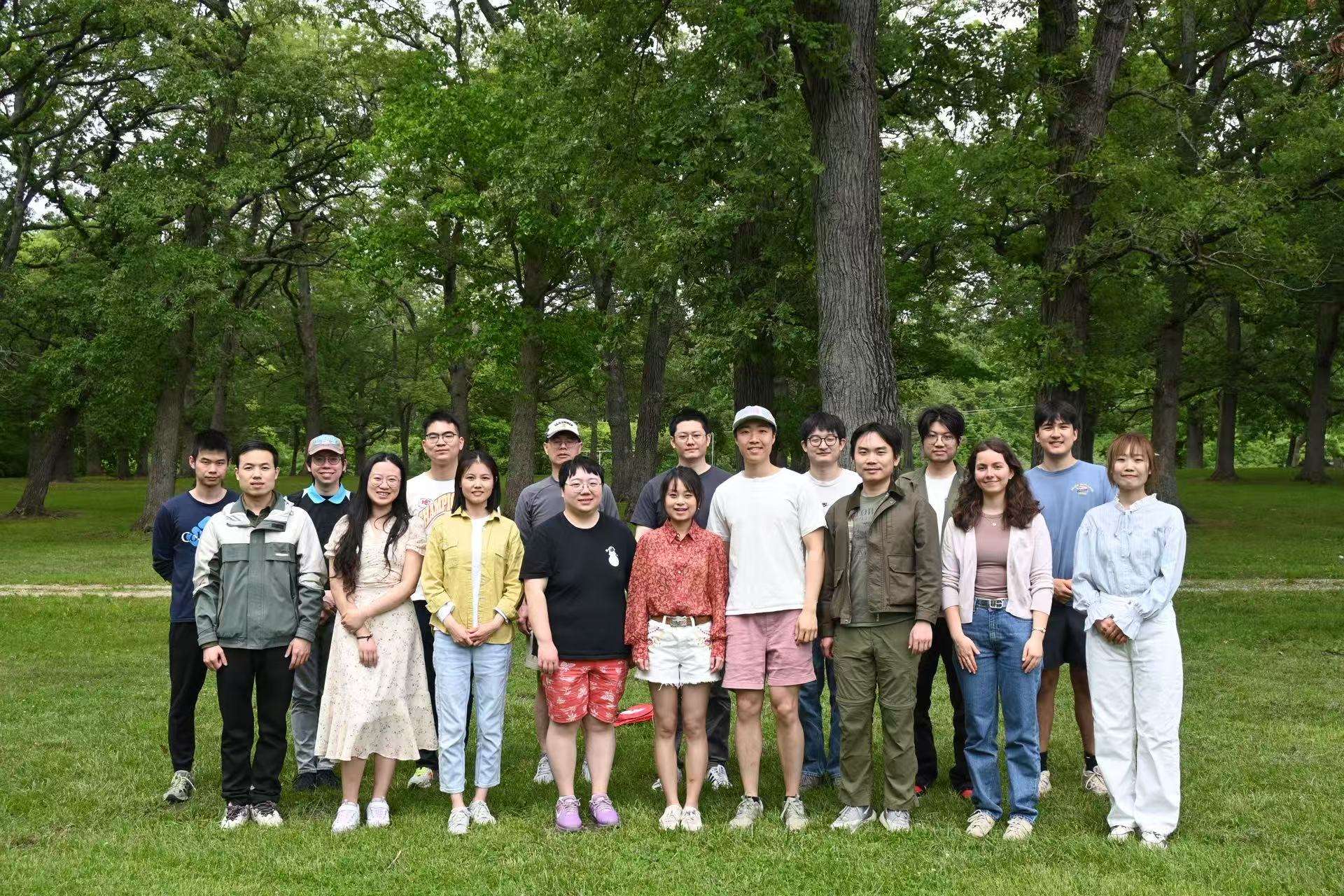
The Lin group had a group outing to Kankakee River State Park where we enjoyed a barbecue and a variety of games and sports.
-
Congratulations Yingjie for Best Thesis Award!
May 14, 2025
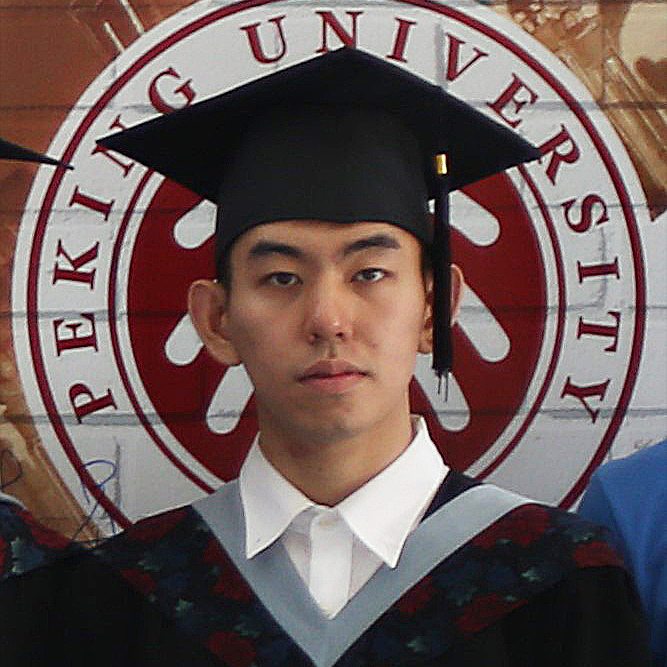
Congratulations to Dr. Yingjie Fan for receiving the highly competitve Yang Cao-Lan-Xian Best Thesis Award in the Department of Chemistry in Organic/Inorganic Chemistry! This award reflects Yingjie's dedication to excellence and we remain inspired by his work.
-
Congratulations Dr. Fan!
Jul 12, 2024

Congratulations to Dr. Yingjie Fan for successfully defending his dissertation on the rational design of multifunctional framework materials for synergistic catalysis! His relentless work ethic and dedication to his and others' projects remains exemplary for others in the lab. We wish him the best as he continues his career as a postdoc at UC Berkeley!
-
Group Picnic 2024!
Jul 9, 2024
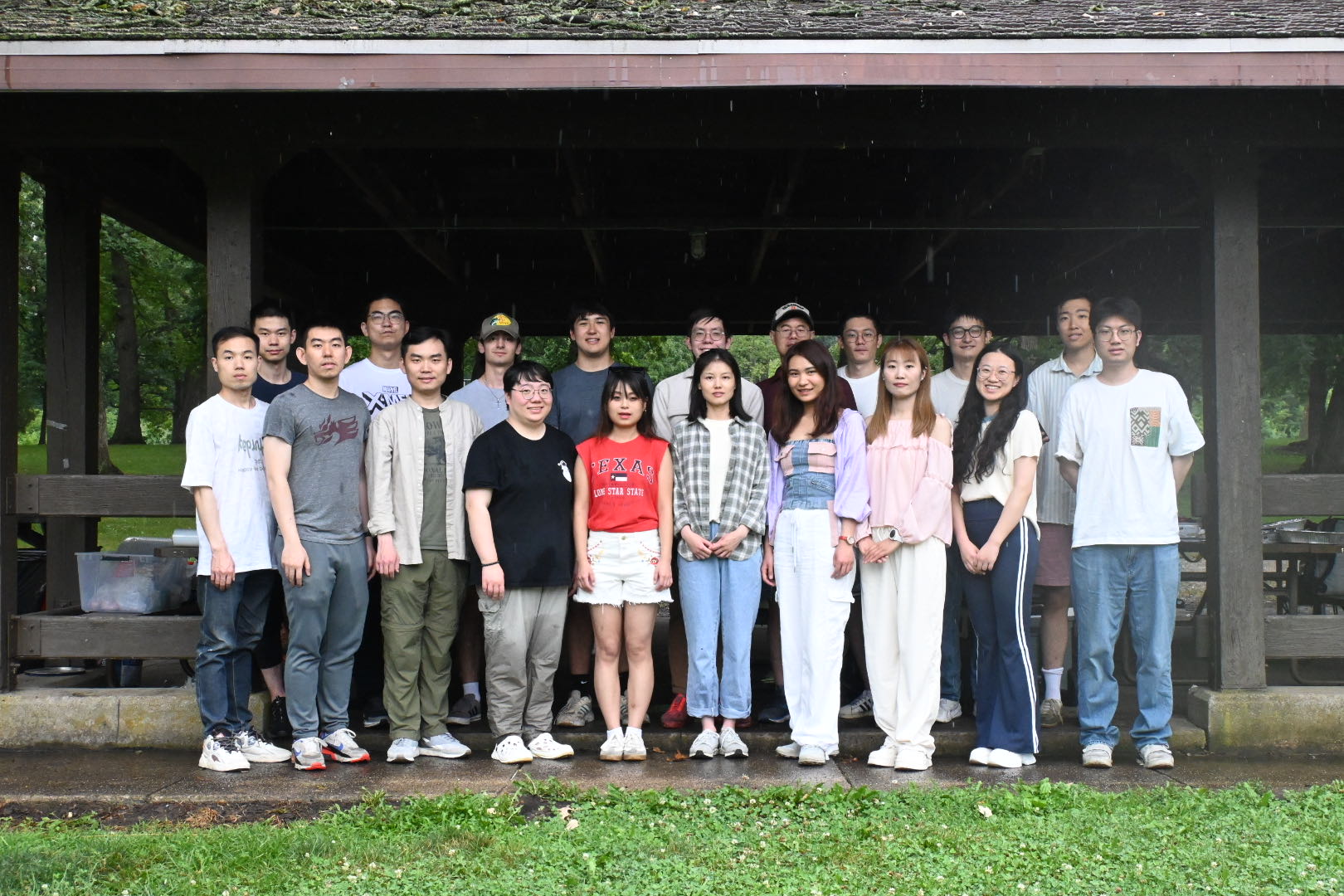
The Lin group had a group outing to Kankakee River State Park where we enjoyed a barbecue and a variety of board games.
-
Happy Lunar New Year!
Feb 9, 2024
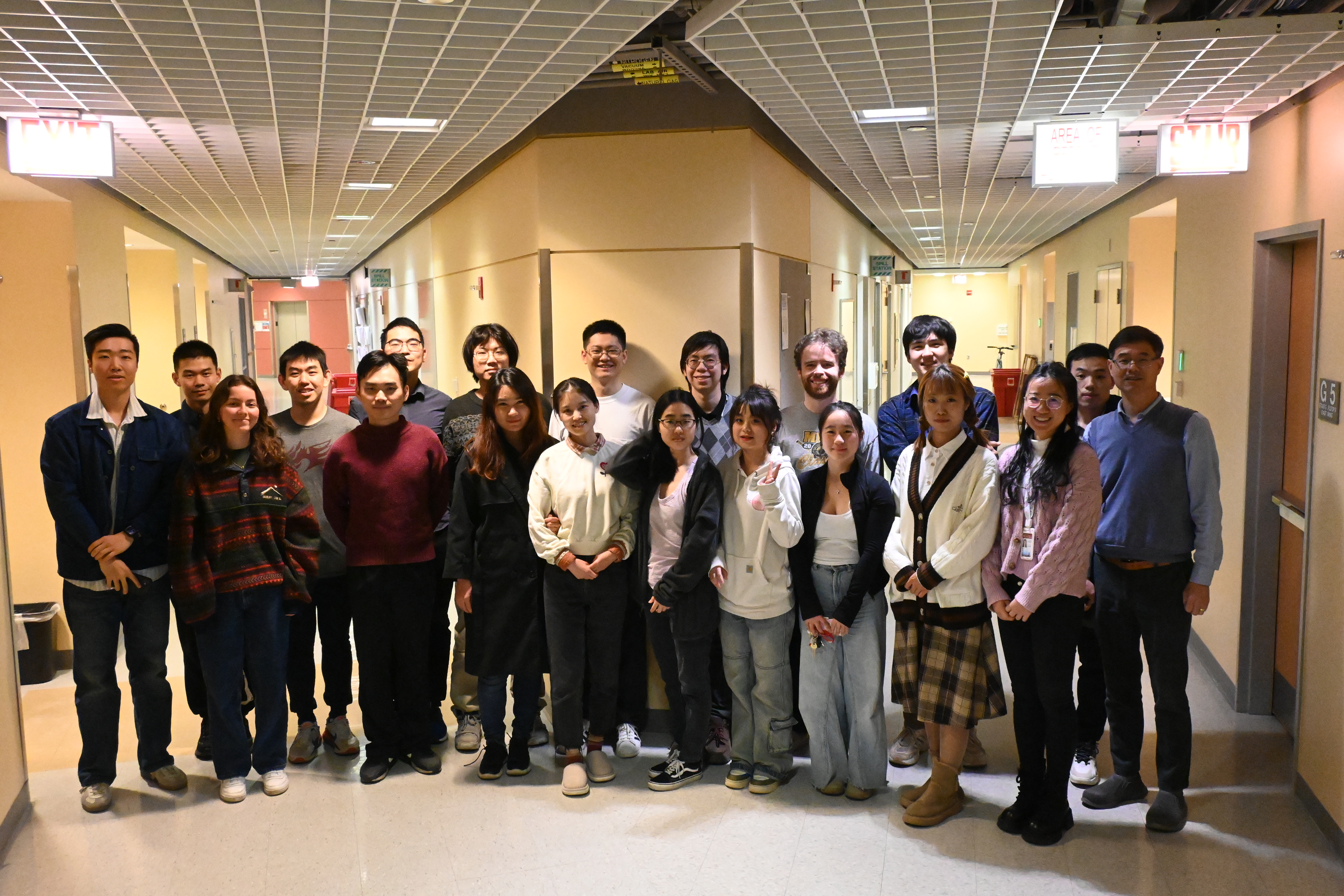
Happy Lunar New Year! Our group celebrated by getting together to eat and play board games to welcome the new year. We wish everyone a peaceful and prosperous year ahead!
-
Congratulations Dr. Nash!
Jul 28, 2023

Congratulations to Dr. Geoffrey Nash for successfully defending his dissertation on the molecular material design of MOFs for cancer therapy! His steadfast determination and dedication to his projects remains exemplary for others in the lab. We wish him the best as he continues his career as a postdoc at Eli Lilly!
-
Congratulations Dr. Luo!
Jul 17, 2023

We congratulate Dr. Taokun Luo on his sucessful dissertation defense! His diversified experitise in both chemistry and biology has helped this lab reach new heights, and he serves as an exemplar for those who want to do interdisciplinary research. We wish him the best as he continues on as a Postdoc at Professor Chad Mirkin's lab at Northwestern University!
-
Group Picnic 2023!
Jul 14, 2023
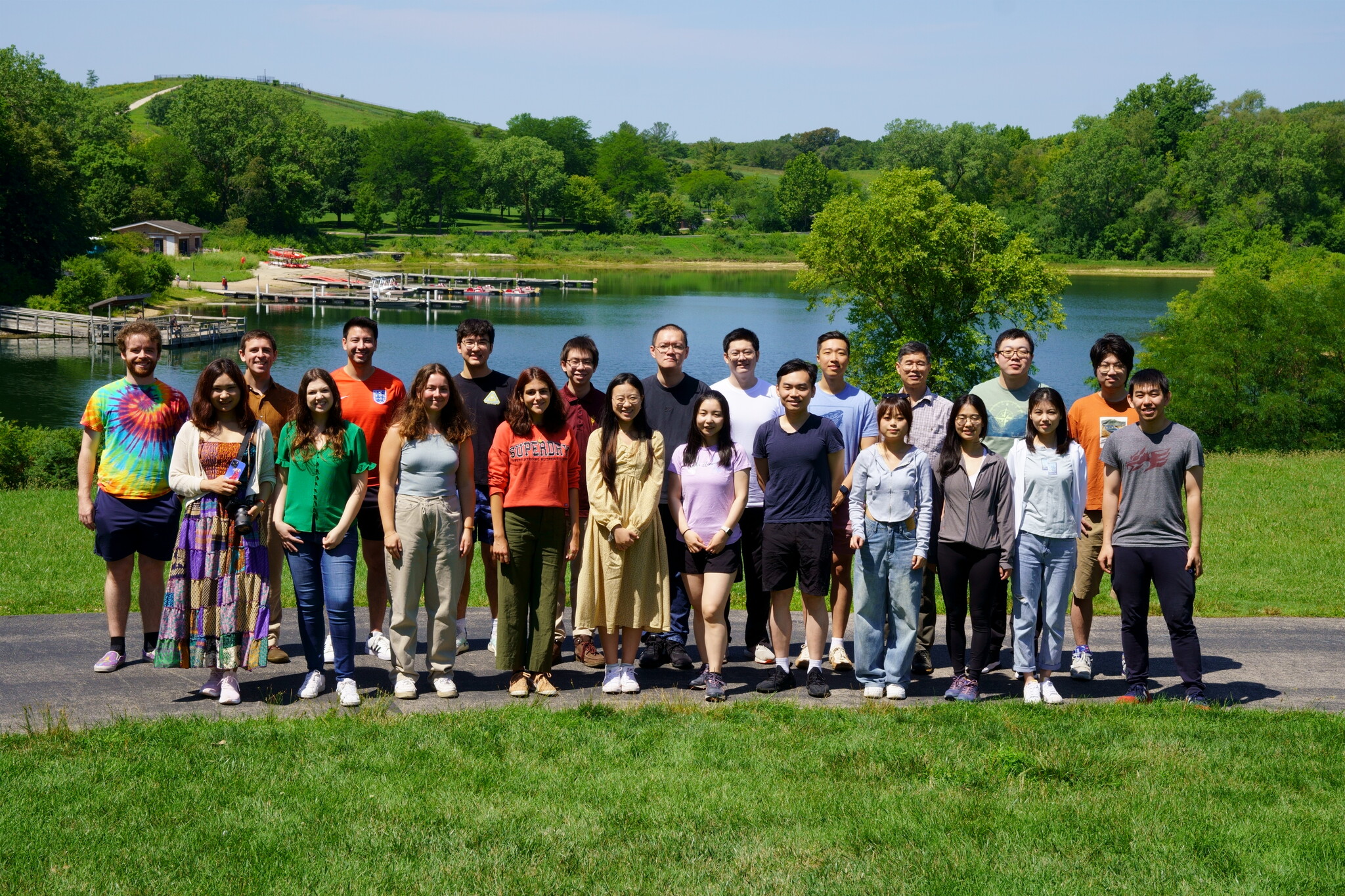
The Lin group had a group outing to Blackwell Forest Preserve where we enjoyed a barbecue and some frisbee, volleyball, and board games.
-
Congratulations Dr. Xu!
Jul 6, 2023
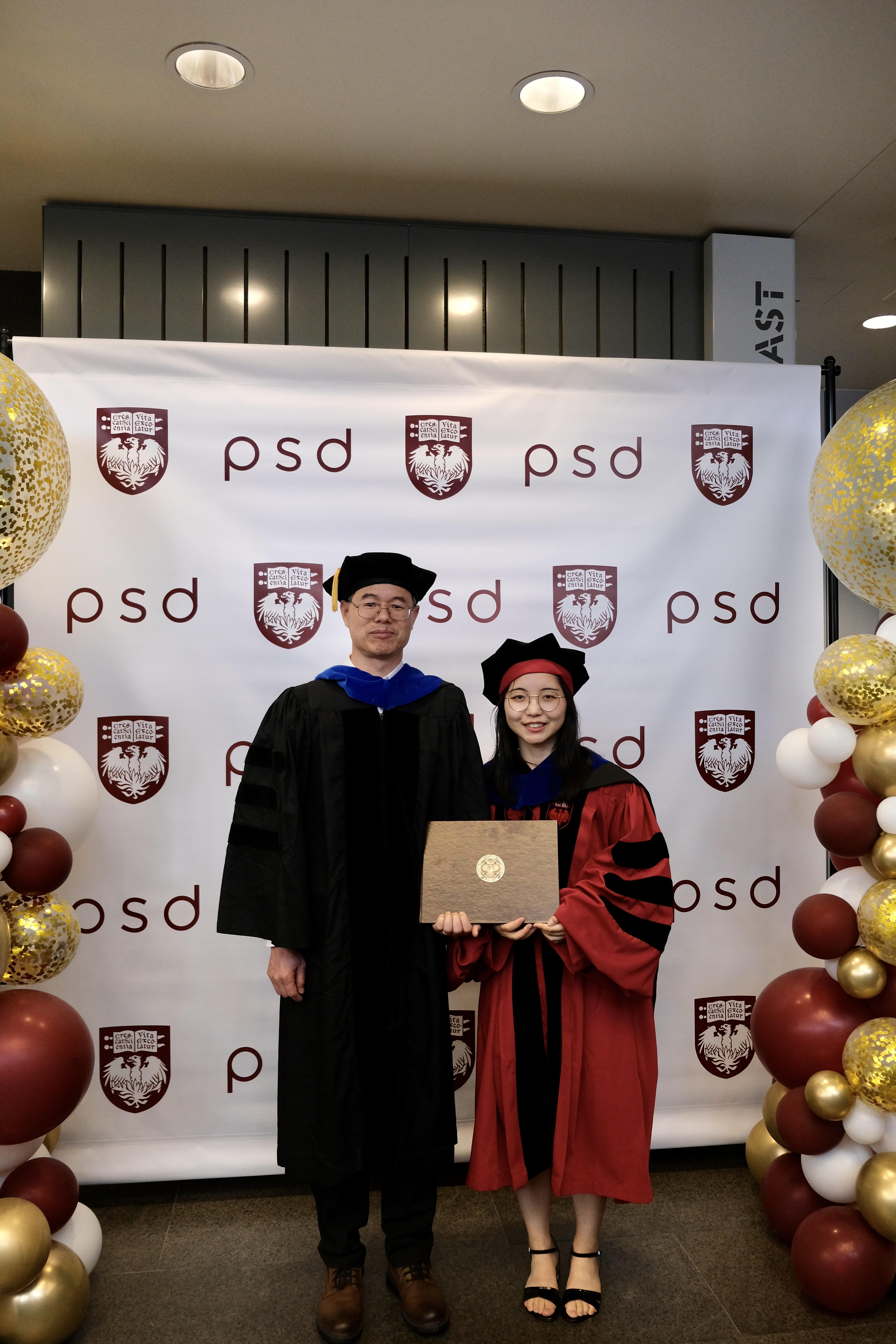
We congratulate Dr. Ziwan Xu on her sucessful dissertation defense! Her pioneering work using Monte Carlo simulations to further MOF design for anticancer effects has helped guide our approach in MOF design. We wish her the best as she continues with her career as a postdoc at Merck!
-
Congratulations Taokun!
May 2023
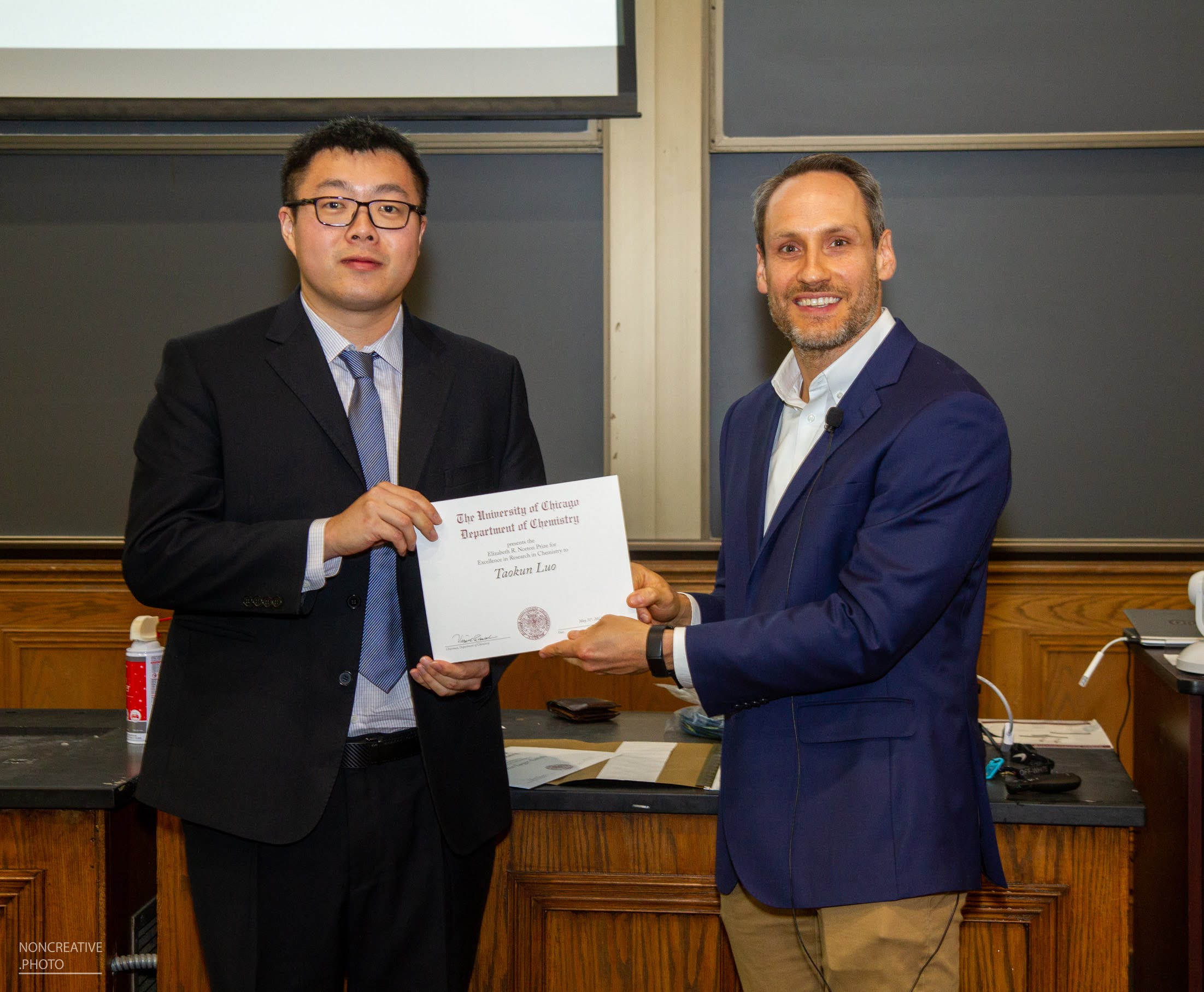
We congratulate Taokun Luo for winning the 2022 Elizabeth R. Norton Prize for Excellence in Research in Chemistry! This prestigious award reflects Taokun's inspiring work and exemplary work ethic.
-
Congratulations Dr. Jiang!
May 2023
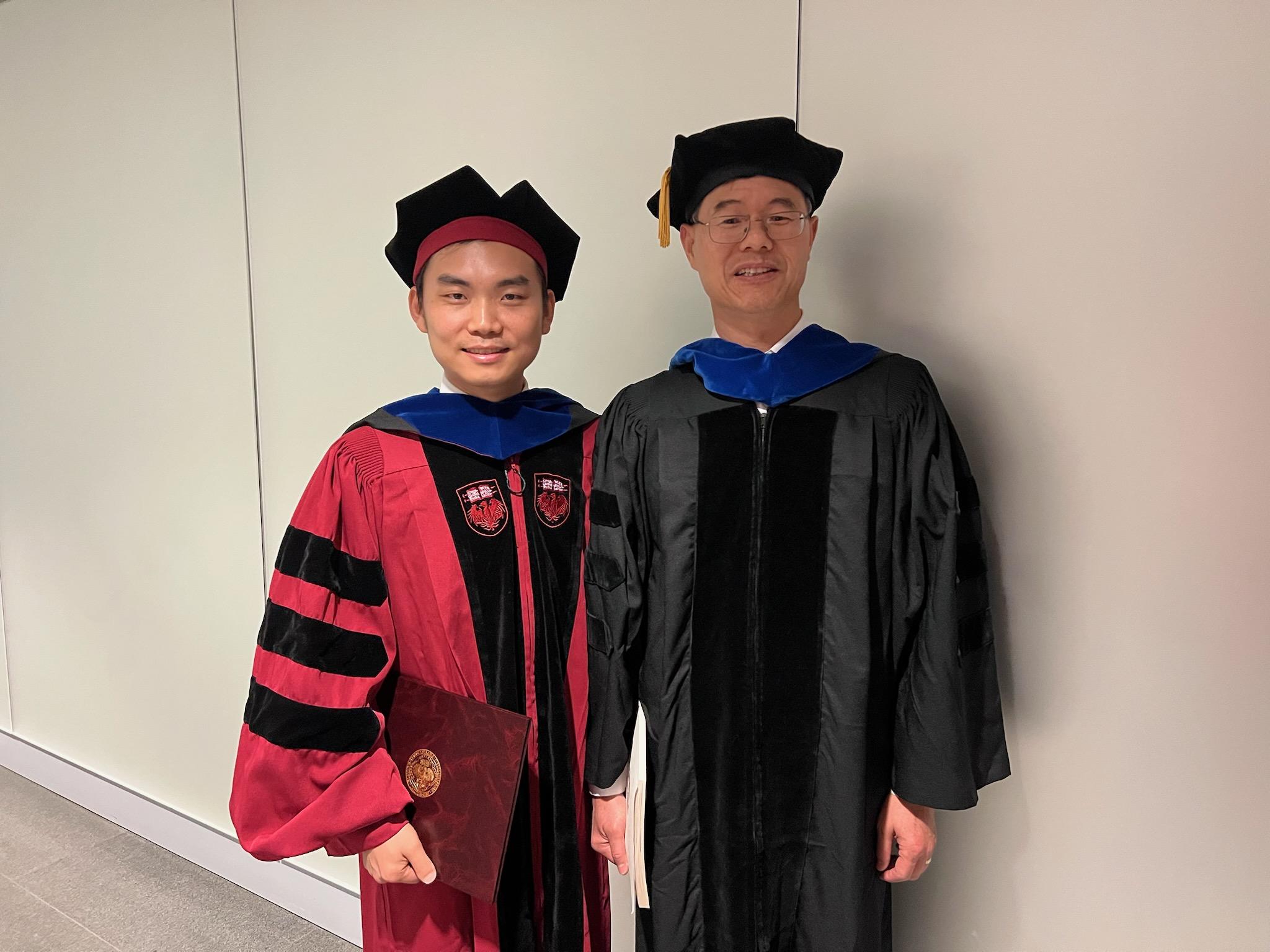
We congratulate Dr. Xiaomin Jiang for successfully defending his dissertation on nanoscale coordination polymers (NCPs). We wish Dr. Jiang the best as he furthers his work in the Weichselbaum lab here at UChicago.
-
Congratulations Steven!
Mar 2023
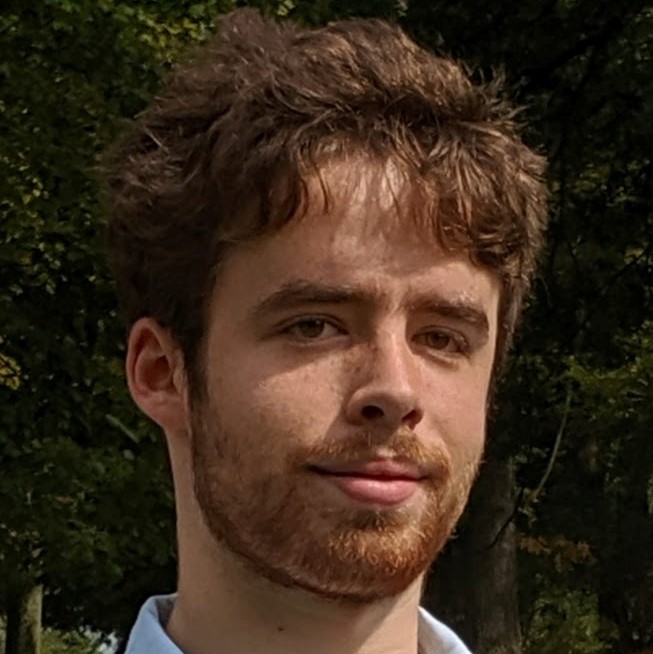
Congratulations to Steven Labalme for receiving the Barry M. Goldwater Scholarship! This is widely recognized as the most prestigious undergraduate STEM fellowship in the United States. This award was featured in Uchicago News on May 4, 2023.
-
Congratulations Dr. Zheng!
Mar 2023
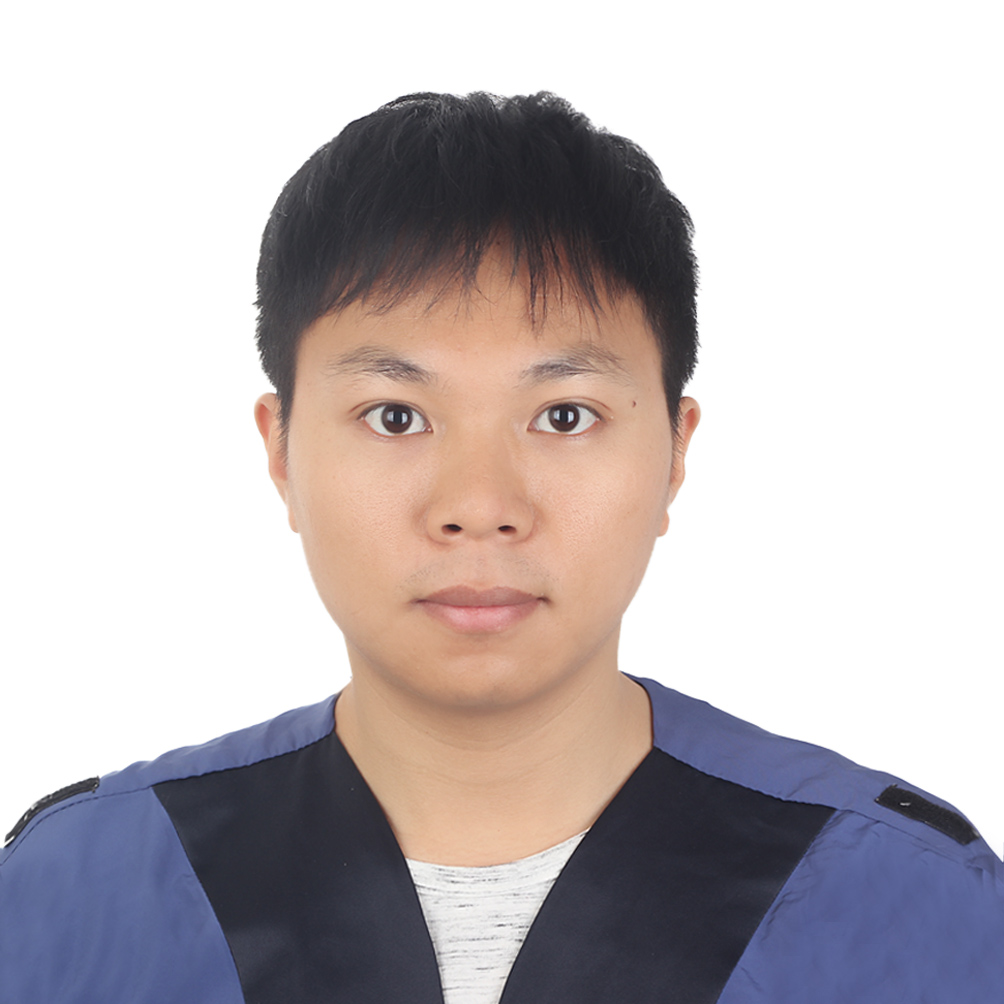
Congratulations to Dr. Haifeng Zheng for starting his new position as an assistant professor in the school of chemistry at Xi'an Jiaotong University (Xi'an, China).
-
Congratulations Dr. Kang!
Mar 2023

Congratulations to Dr. Dong Won Kang for starting his new position as an assistant professor in the department of chemistry at Inha University (Incheon, South Korea).
-
Artificial photosynthesis by Metal-Organic-Zymes
Nov 10, 2022
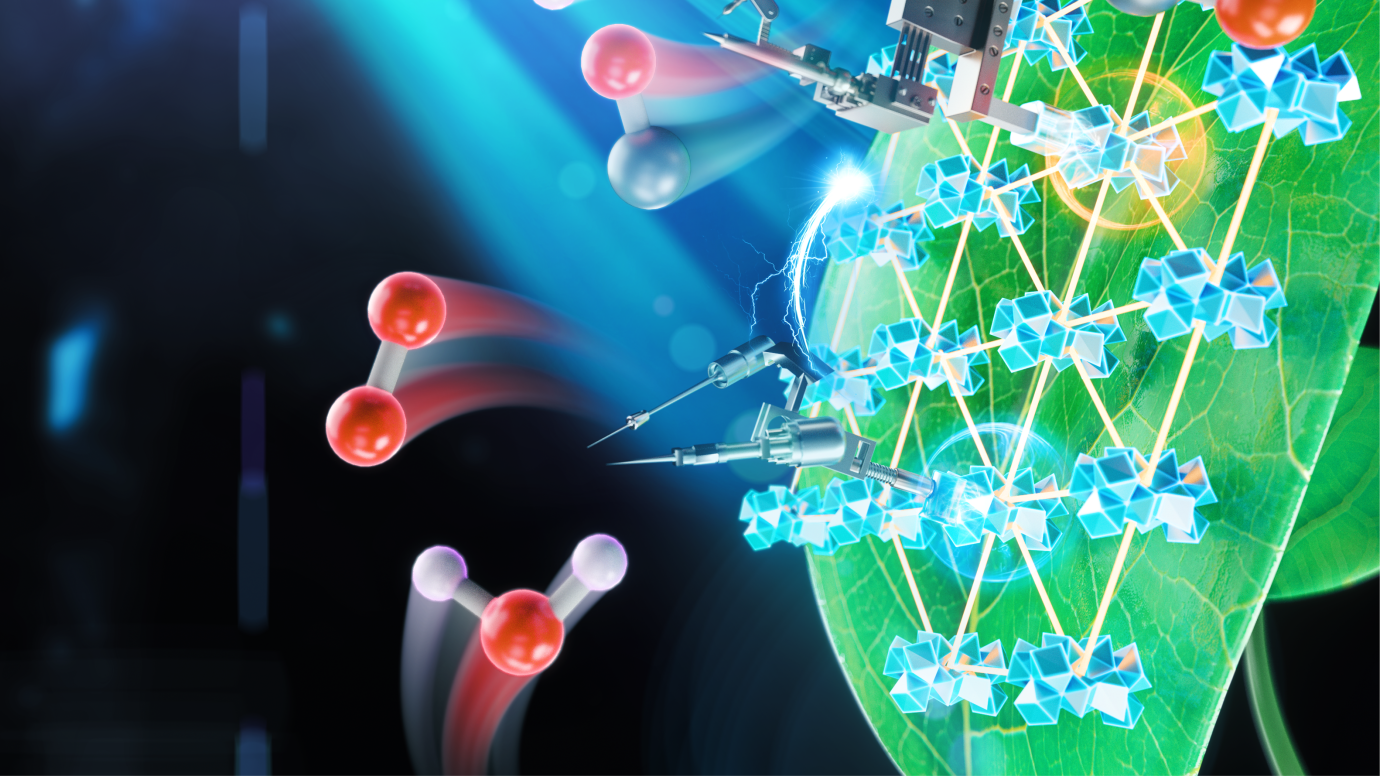
The Lin group introduced a new class of artificial enzymes based on monolayered metal-organic frameworks with tunable functional components in a single, well-defined architecture (termed metal-organic-zymes, MOZs). They showcase the potential of MOZs by performing artificial photosynthesis with carbon dioxide, water, and sunlight. This paper was published in Nat. Cat. on November 10, 2022 and selected as the cover of the November issue. The paper was featured in Uchicago news.
-
Congratulations Taokun!
Nov 10, 2022
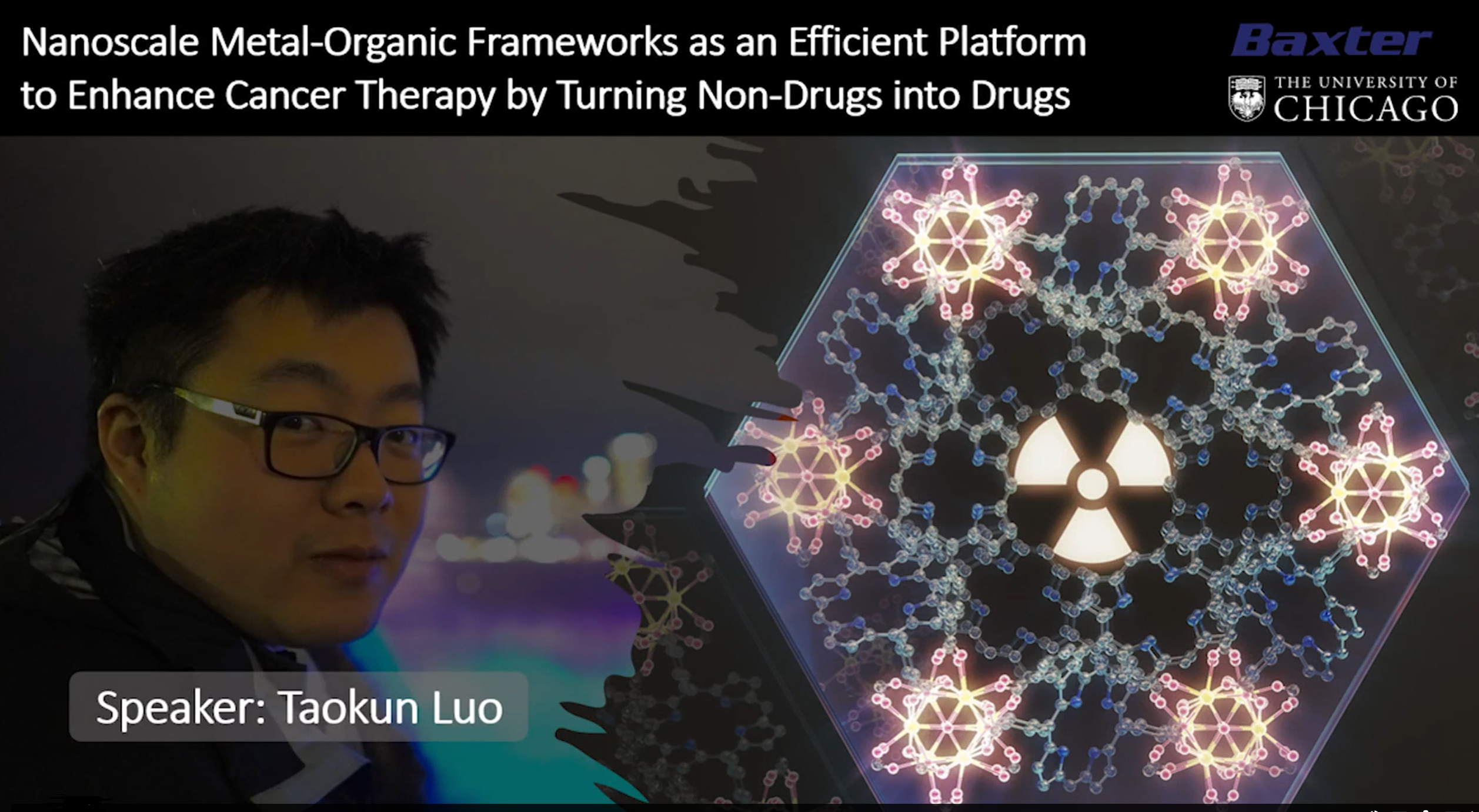
Congratulations to Taokun for winning the 2022 Baxter Young Investigator Award! Check the link to watch his full talk.
-
Advanced nanoparticles provide new weapon to fight difficult cancers
Oct, 2022
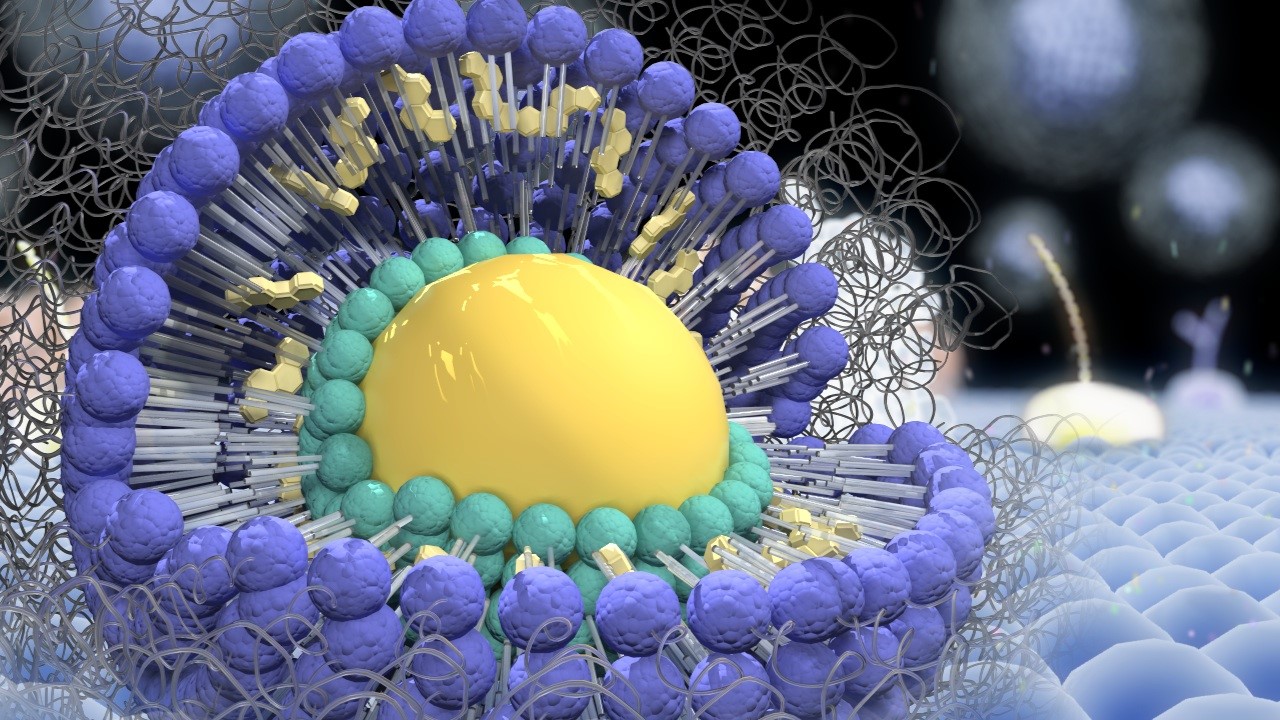
The Lin group and Weichselbaum group discovered a novel type I independent STING agonist nanodrug, ZnCDA, using the NCP technology. ZnCDA disrupts the tumor vasculature and turns "cold" tumors "hot" to suppress the growth of immunne-resistant tumors in mice. The paper was recently published in Nat. Nanotech. and featured in a Uchicago BSD news.
-
Congratulations Dr. Lan!
Oct, 2022

Congratulations to Dr. Guangxu Lan for starting his new position as an assistant professor in the College of Chemistry and Molecular Engineering at Peking University (Beijing, China).
-
Group picnic
Jul 26, 2022
The Lin group had a group outing to Blackwell Forest Preserve where they enjoyed a barbecue and some frisbee, badmintion, football, and board games.
-
Congratulations prof. Ralph G. Nuzzo!
Jun 9, 2022
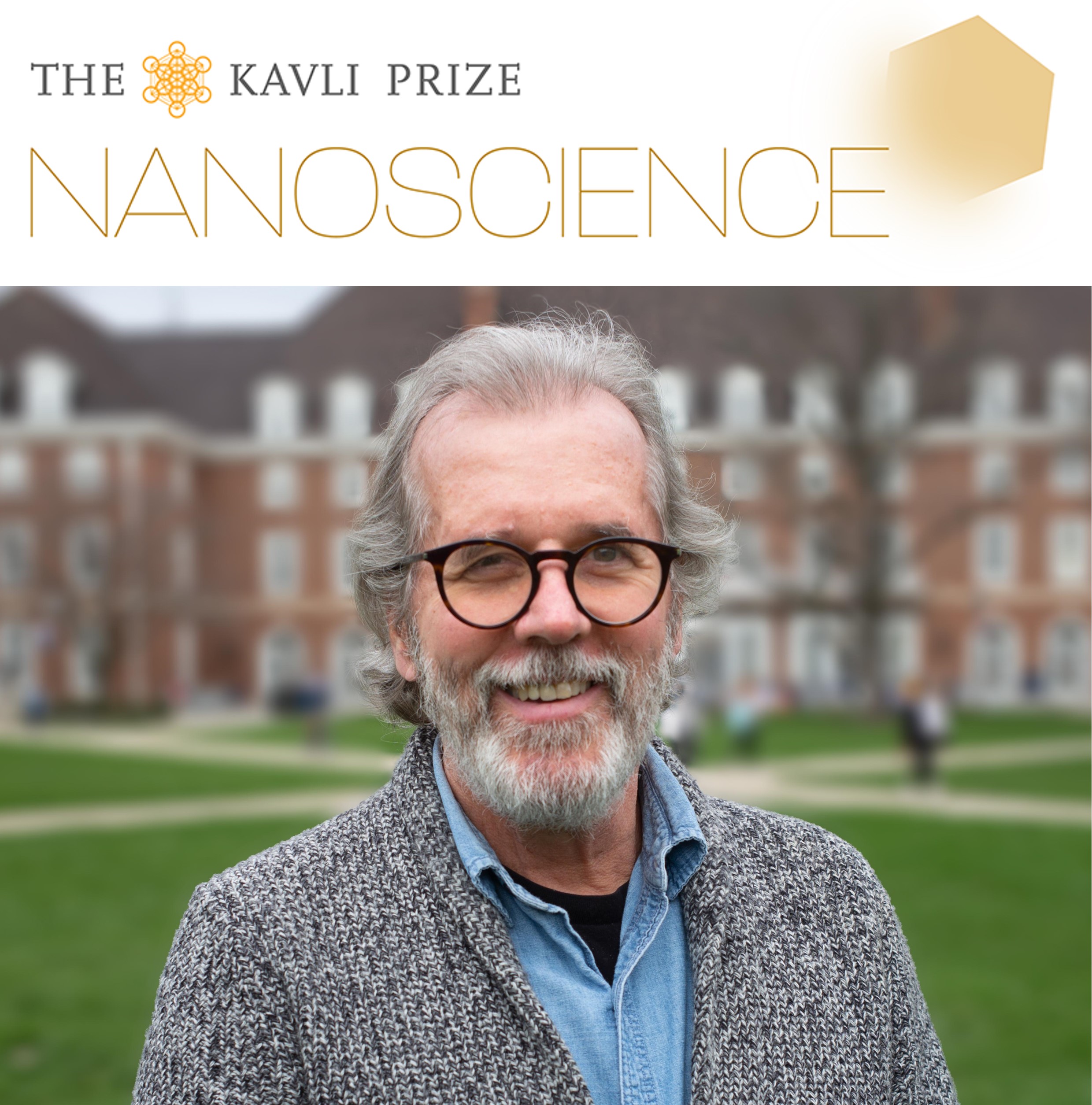
Congratulations to prof. Ralph G. Nuzzo for winning the 2022 Kavli Prize! Prof. Nuzzo was prof. Wenbin Lin’s phD co-mentor at the University of Illinois at Urbana-Champaign, USA. His pioneering work in the development of self-assembled monolayers on solid substrates and molecular-scale coatings to control surface properties is well recognized by the 2022 Kavli Prize.
-
Congratulations Dr. Feng!
Feb 2, 2022

Congratulations to Dr. Xuanyu Feng for receiving his PhD!
-
Congratulations Dr. Song!
Jul 23, 2021

Congratulations to Dr. Yang Song for receiving his PhD! He will soon join Prof. Chong Liu's research group at University of California, Los Angeles as a postdoctoral researcher.
-
Congratulations Ziwan!
June 4, 2021
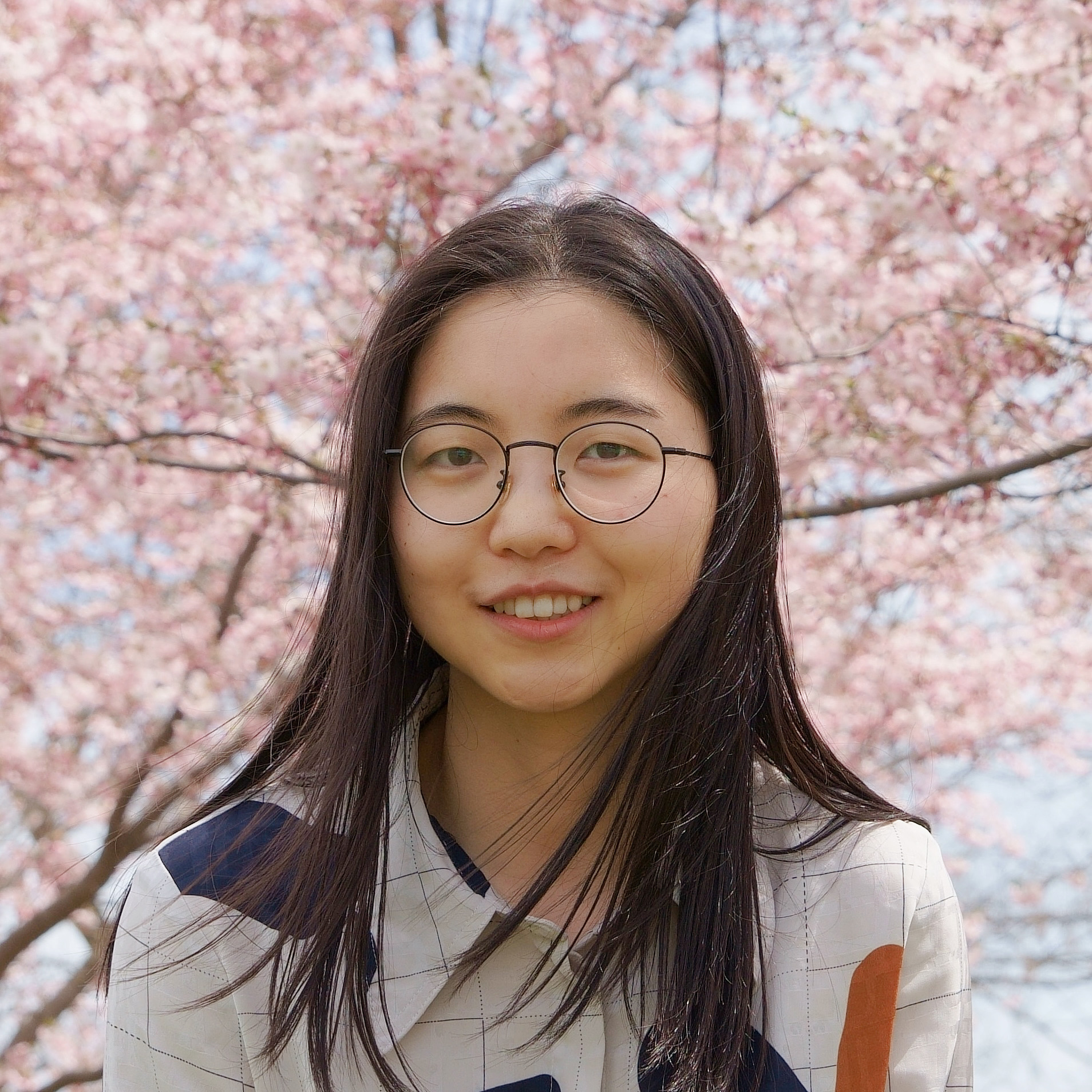
Congratulations to Ziwan Xu for winning the University of Chicago Chemistry Department's 2020 Martha & Joseph Chenicek Graduate Fellowship!
-
Congratulations Dr. Han!
Dec 29, 2020
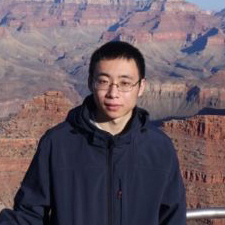
Congratulations to Dr. Wenbo Han for receiving his PhD!
-
Congratulations Dr. Ji
Dec, 2020

Congratulations to Dr. Pengfei Ji for starting his new position as an assistant professor in the Chemistry Department at Zhejiang University (Hangzhou, China).
-
Congratulations Taokun
Nov 5, 2020
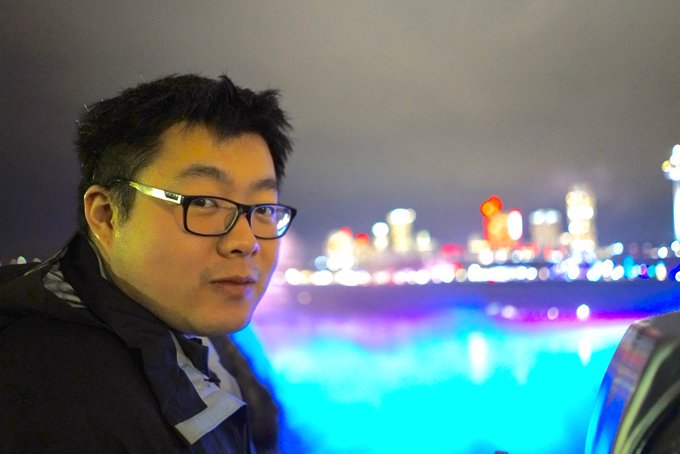
Congratulations to Taokun Luo for being selected as the recipient of the 2020 Cameron Brooks Scholarship awarded by the University of Chicago Medicine Comprehensive Cancer Center.
-
Congratulations Dr. Lan
July 27, 2020
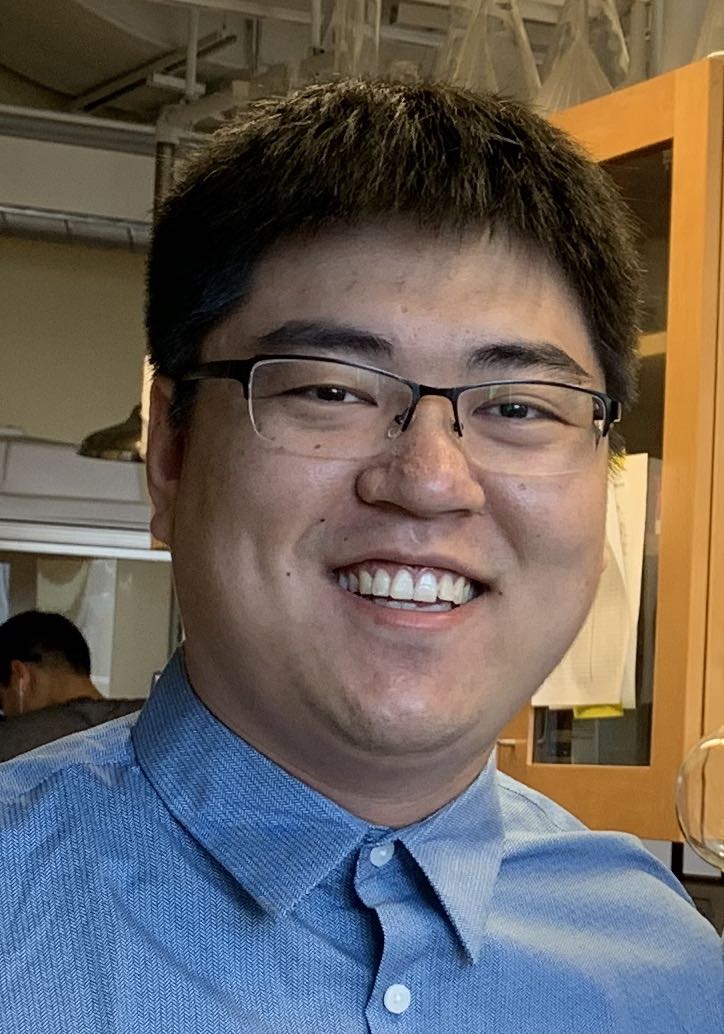
Congratulations to Dr. Guangxu Lan for reciving his PhD! He will soon join Prof. Jay Keasling's research group at University of California, Berkeley as a postdoctoral associate.
-
Congratulations Xuanyu
June 11, 2020

Congratulations to Xuanyu Feng for winning the University of Chicago Chemistry Department's 2020 Seymour Goodman Research Fellowship!
-
Congratulations Guangxu
June 11, 2020
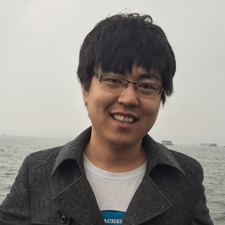
Congratulations to Guangxu Lan for winning the University of Chicago Chemistry Department's 2020 Elizabeth R. Norton Prize for Excellence in Research in Chemistry!
-
Congratulations Dr. Ni
May 11, 2020
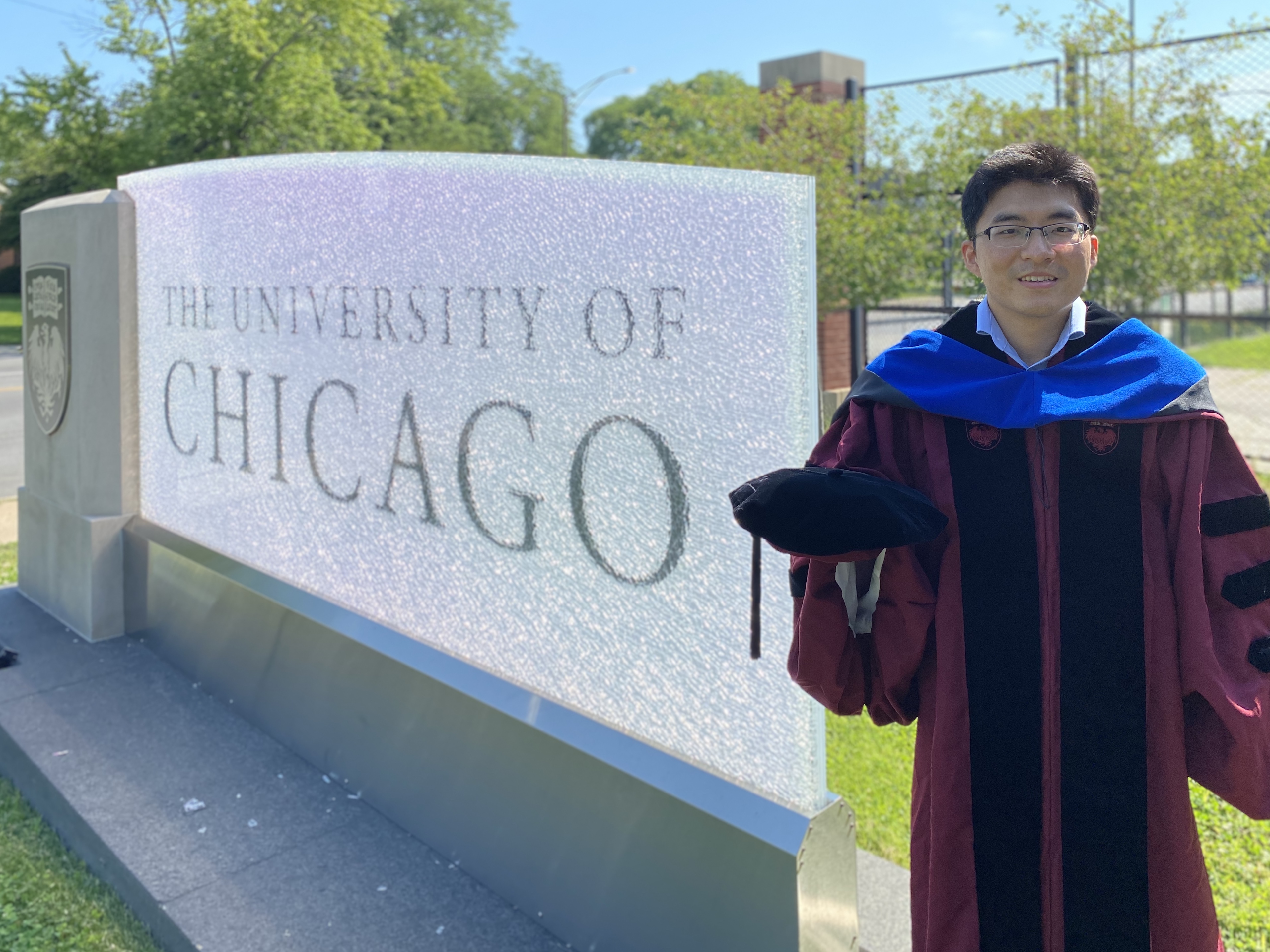
Congratulations to Dr. Kaiyuan Ni for reciving his PhD! He will soon join prof. Darrell Irvine's research group at Massachusetts Institute of Technology as postdoctoral associate.
-
Congratulations Guangxu
April 15, 2020
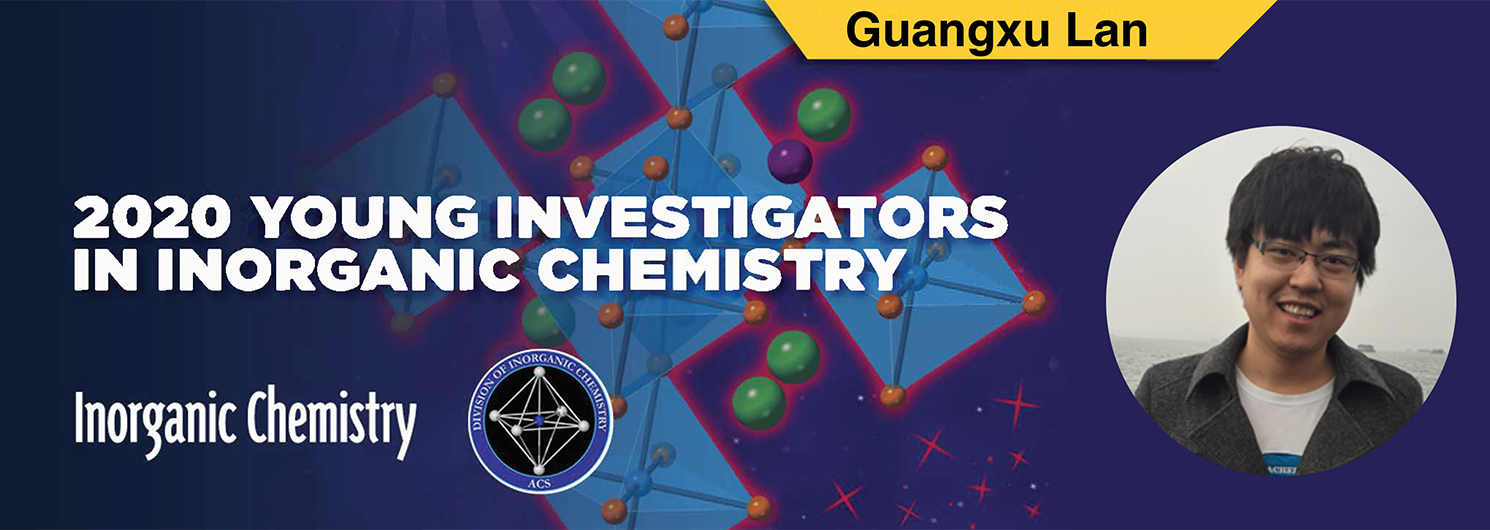
Congratulations to Guangxu Lan for winning the 2020 ACS Division of Inorganic Chemistry Young Investigator Award!
-
Congratulations Dr. Guo
March 9, 2020

Congratulations to Dr. Nining Guo for starting her new position as principal investigator in BeiGene Ltd. (Beijing, China)
-
Congratulations Dr. Chan
July 26, 2019
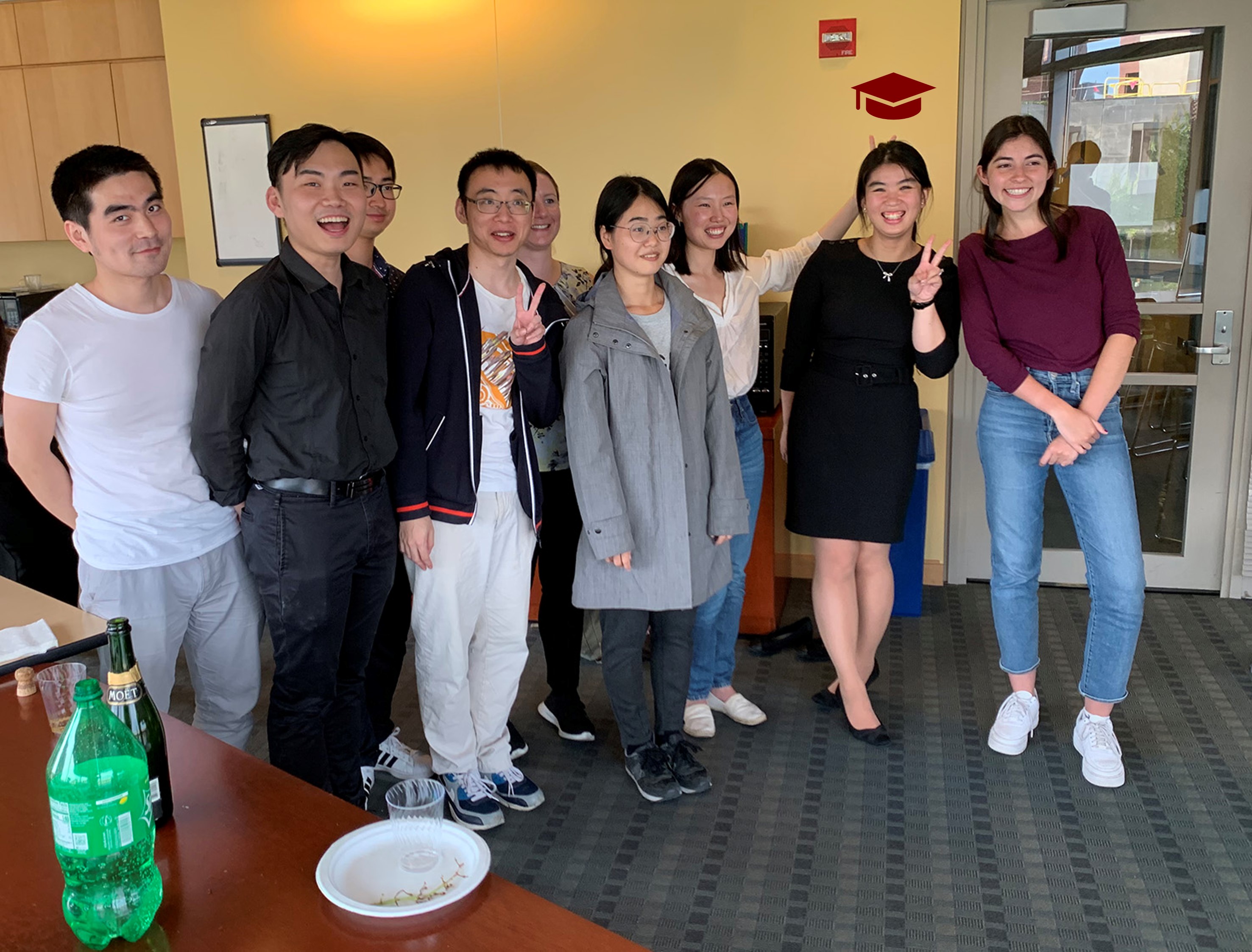
Congratulations to Dr. Christina Chan for reciving her PhD!
-
Congratulations Sam
May 16, 2019
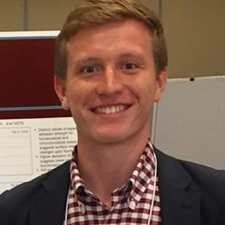
Congratulations to Samuel Veroneau for receiving the Norman H. Nachtrieb Memorial Award for Excellence in Undergraduate Studies of Chemistry in University of Chicago and the Herchel Smith Graduate Fellowship in the Sciences in Harvard University!
-
Lin Group Reunion at ACS Meeting in Orlando
April 1, 2019
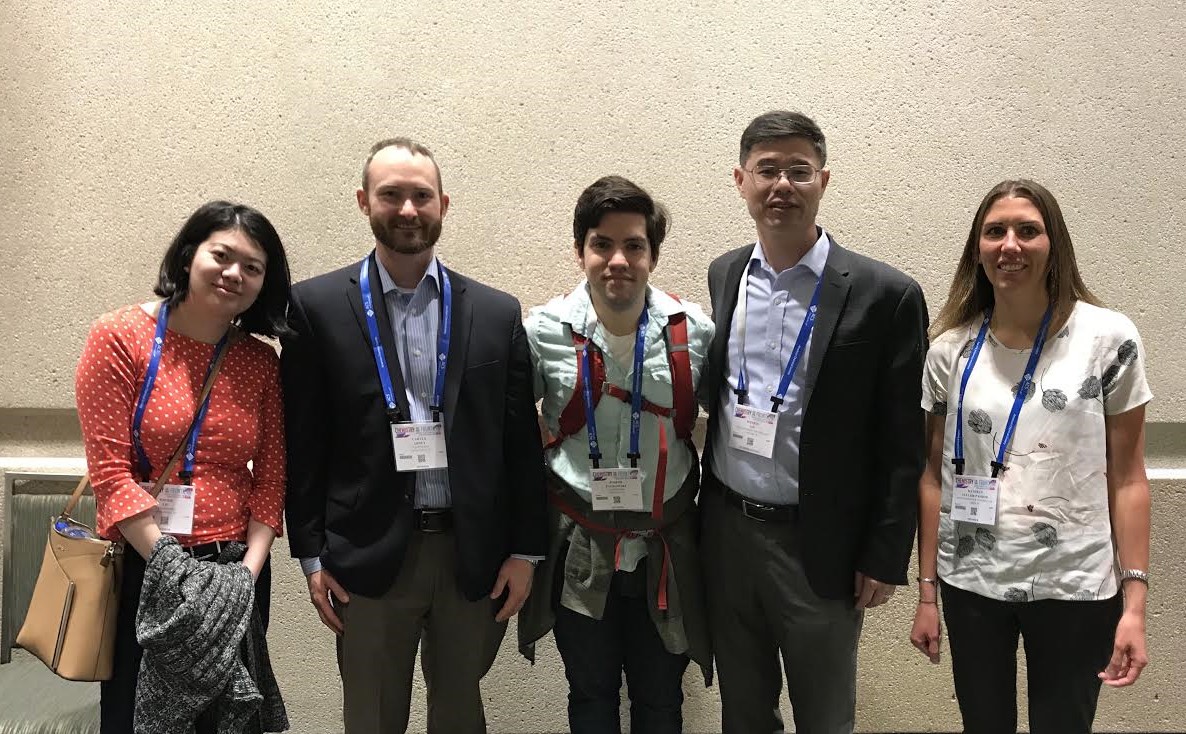
Professor Lin with previous Lin group members at the Orlando ACS national meeting expo.
-
Congratulations Dr. Micheroni
March 11, 2019

Congratulations to the legend, Dan Micheroni, for receiving his PhD!
-
Congratulations Dr. Ji
December 13, 2018

Congratulations to Pengfei Ji for receiving his PhD. Pengfei has also been awarded the Miller Research Fellowship by UC Berkeley to join Professor John Hartwig's group as a postdoctoral researcher.
-
Congratulations Dr. Lu
September 20, 2018
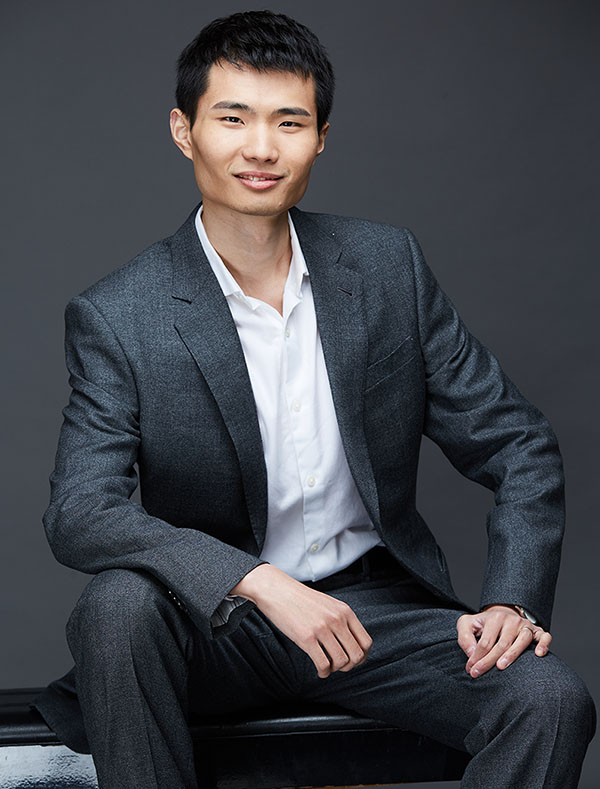
Congratulations to Dr. Kuangda Lu for starting his new position as an assistant professor in the Biomedical Engineering Department at Peking University (Beijing, China).
-
Congratulations Dr. Duan
August 22, 2018
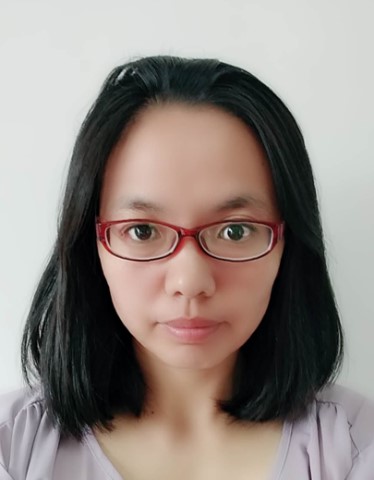
Congratulations to Dr. Xiaopin Duan for starting her new position as a full professor in the Cancer Research Institute at Southern Medical University (Guangdong, China).
-
Congratulations Guangxu
March 21, 2018

Congratulations to Guangxu Lan for winning the Edward C. Lee Memorial Grauduate Fellowship!
-
Congratulations Dr. Lin
August 26, 2017
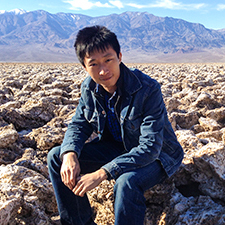
Congratulations to Zekai Lin for receiving his PhD!
-
ACS Yao Yuan Award of Medicinal Chemistry
April 29, 2017

Dr. Xiaopin Duan's poster entitled "Photodynamic Therapy Mediated by Non-toxic Core-Shell Nanoparticles Synergize with Immune Checkpoint Blockade to Elicit Antitumor Immunity and Antimetastasis Effect on Breast Cancer" was chosen as a first place winner by the Yao Yuan-Academy for Pharma Innovation. Dr. Duan was invited to present her work which can be found here at the recent symposium as part of her ACS Yao Yuan Award of Medicinal Chemistry. Congratulations also to Dr. Kuangda Lu for his second place poster entitled "Chlorin-Based Nanoscale Metal-Organic Framework Systemically Rejects Colorectal Cancers via Synergistic Photodynamic Therapy and Checkpoint Blockade Immunotherapy" which can be found here.
-
2017 Young Investigator Award
April 6, 2017

Dr. Kuangda Lu, a recent graduate and current postdoctoral fellow in the Lin Group, has been selected for the 2017 Young Investigator Award for the ACS Inorganic Chemistry Division. As an awardee, Kuangda will present his work on nanoscale metal organic frameworks for biomedical applications at the upcoming ACS meeting.
-
New Member of UChicago Medicine's Comprehensive Cancer Center
February 10, 2017

Prof Wenbin Lin has been added to the Comprehensive Cancer Center for his nanoplatforms enhancing currently existing chemotherapy, radiotherapy, and immunotherapy.
-
Innovations in Fuel Cycle Research
August 28, 2016
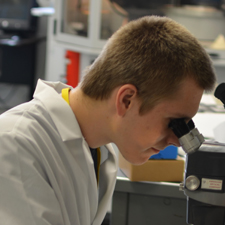
Congratulations to Marek Piechowicz for receiving a First Prize in the U.S. Department of Energy's Innovations in Fuel Cycle Research Awards for his work on uranium recovery from seawater simulant. The Innovations in Fuel Cycle Research Awards program recognizes students who develop innovative solutions fueling nuclear technology. The research for which he won this prize can be found here.
-
Congratulations Dr. Lu and Dr. Poon
August 20, 2016

Congratulations to Kuangda Lu and Christopher Poon for receiving their PhDs! Dr. Kuangda Lu successfully defended his thesis "Nanoscale Metal Organic Frameworks for Biomedical Applications" and Dr. Chris Poon successfully defended his thesis "Nanoscale Coordination Polymers Co-Deliver Multiple Therapeutics for Combination Therapy of Cancer" earlier this summer.
-
Graduate Awards
May 23, 2016

Congratulations to Kuangda Lu for receiving the Elizabeth R. Norton Prize for Excellence in Research and Zekai Lin for receiving the Otto Valerie Windt Memorial Graduate Fellowship for the upcoming year.
-
NCI Grant
October 4, 2015
The Lin group just received a five-year U01 grant from the National Cancer Institute (NCI) through the Innovative Research in Cancer Nanotechnology (IRCN) program. This IRCN grant will allow the Lin group to continue exploring the applications of nanoscale metal-organic frameworks (NMOFs) in cancer therapy, a research effort his group initiated more than a decade ago. The $2.88 million dollar U01 grant will allow the Lin group to refine the successful strategies to identify prototype NMOFs for clinical translation. Congratulations!
-
Baxter's Young Investigator Award
August 25, 2015
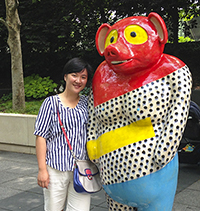
Dr. Chunbai He, a postdoctoral fellow in the Lin group, has been chosen as a winner of Baxter's Young Investigator Awards for her hard work and innovative spirit.
-
Group Picnic
August 15, 2015
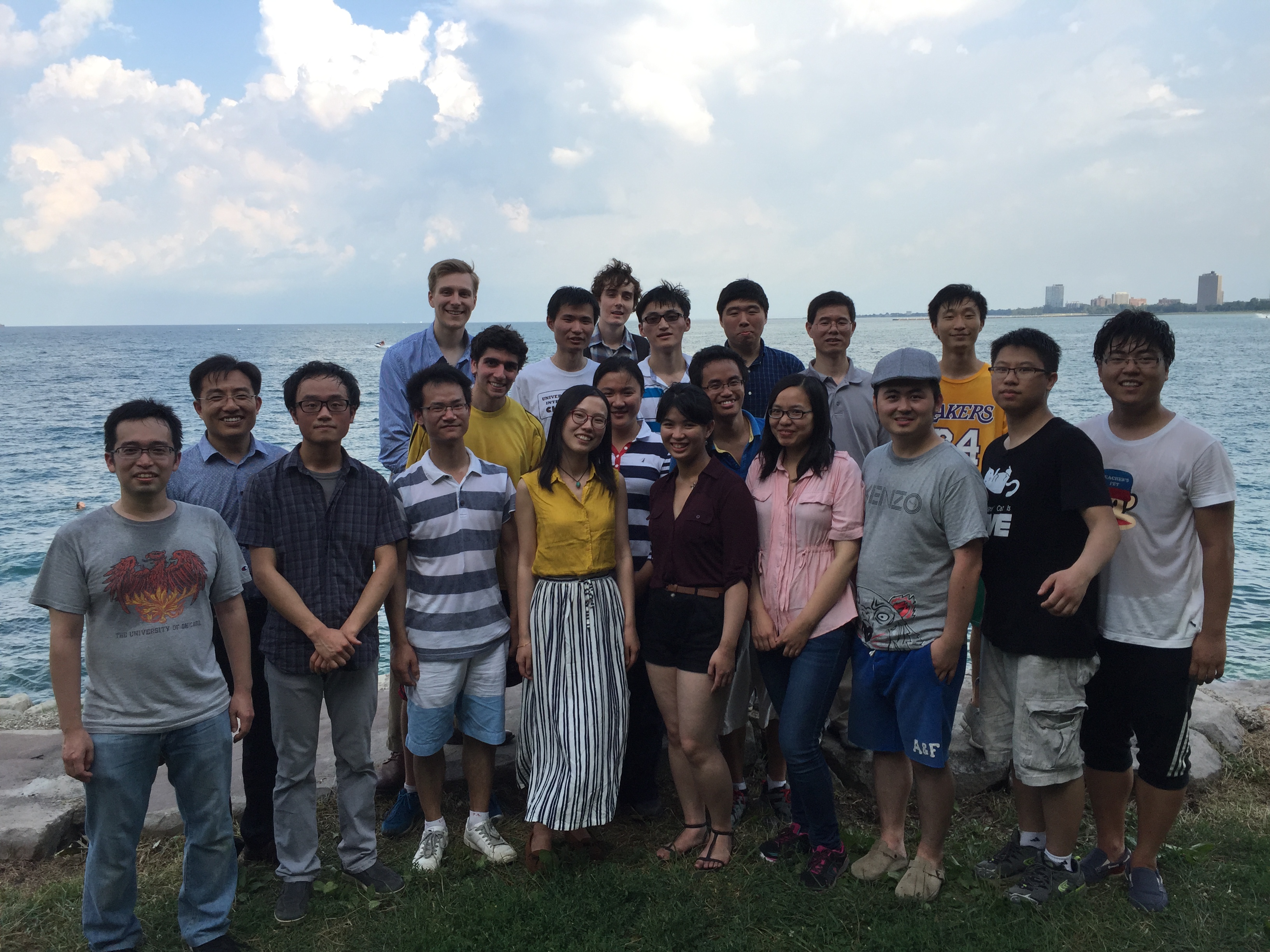
The Lin group enjoyed a group outing to Promontory Point where they enjoyed a barbecue and some soccer.
-
Congratulations Carter
July 16, 2015
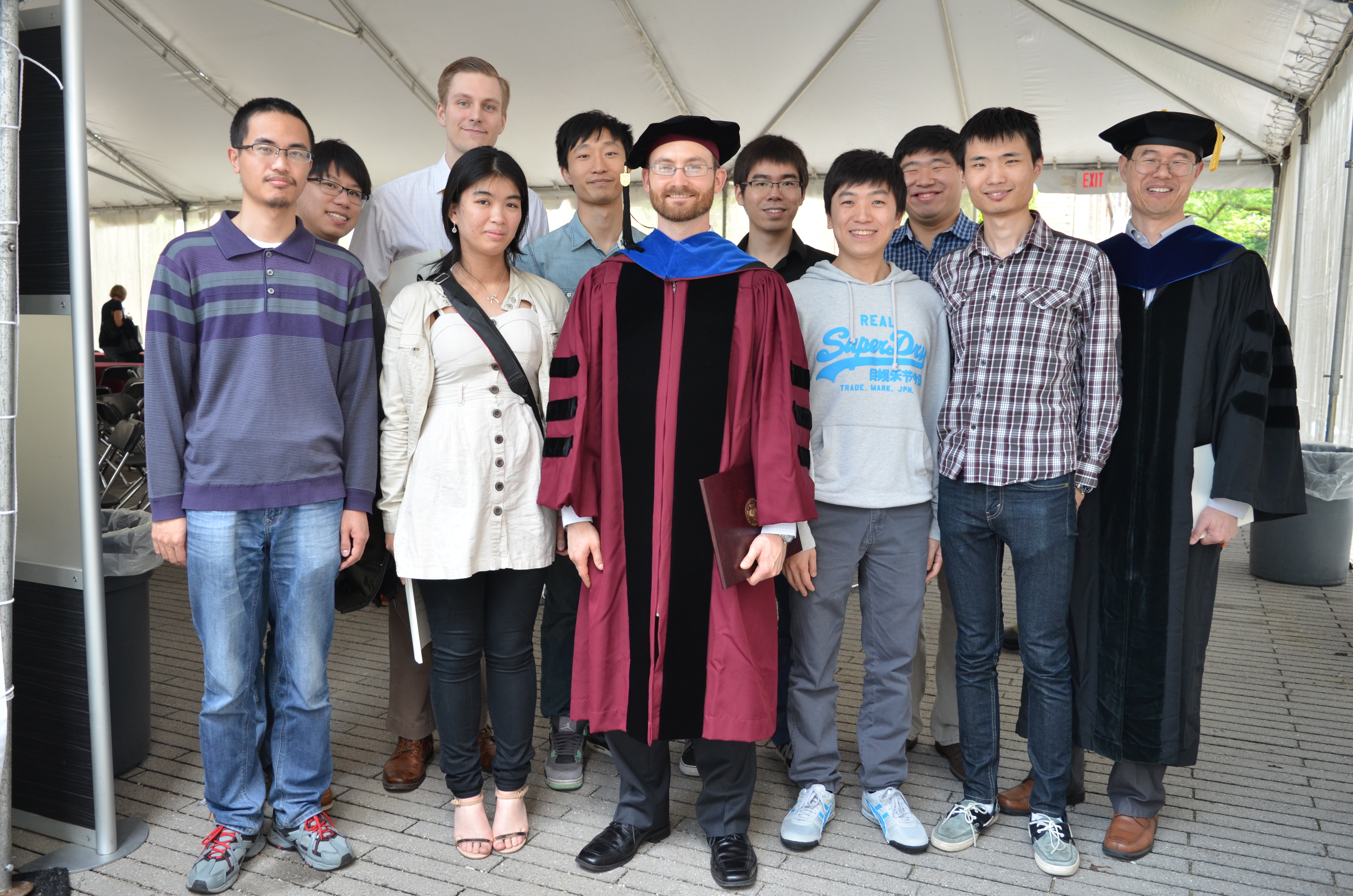
Dr. Carter Abney, a graduate of the Lin Lab, has left the group to start his career at Oak Ridge National Laboratory. Congratulations, Carter.
-
Happy Birthday, Professor Lin
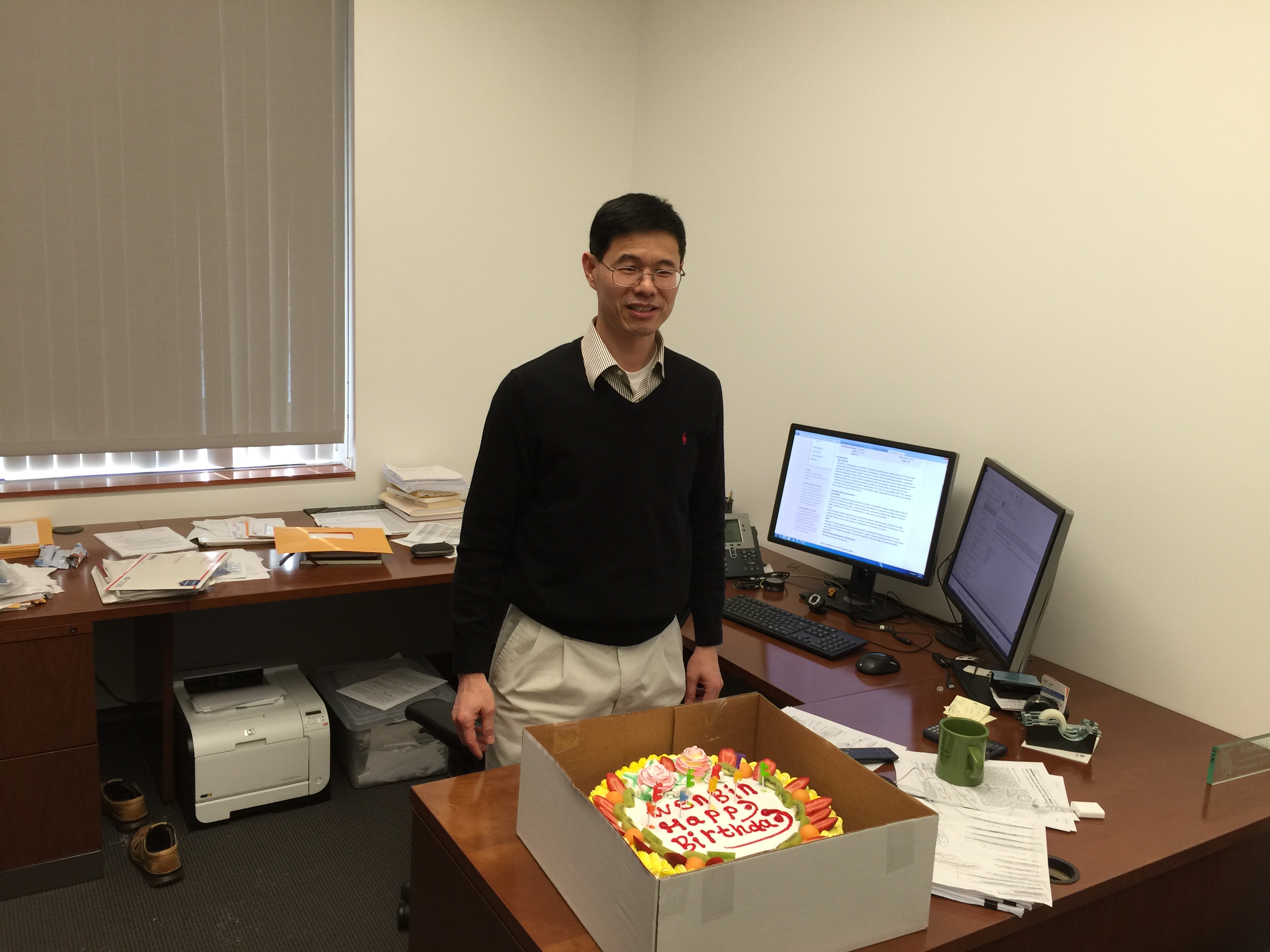
Happy Birthday Professor Lin. The group celebrated Prof Lin's recent birthday with a cake.
-
Fuel Cycle Research Award
October 30, 2014

Carter Abney was featured by UChicago News for his work on extracting uranium from seawater, for which he was a first-place winner in the Department of Energy's Innovations in Fuel Cycle Research Awards Competition.
-
NMOFs for Real-Time Intracellular pH Sensing
August 22, 2014

Real-time measurement of intracellular pH in live cells is of great importance for understanding physiological/pathological processes and developing intra-cellular drug delivery systems. As reported in in Journal of American Chemical Society (2014, DOI: 10.1021/ja507333c), the Lin group has demonstrated the first use of nanoscale metal−organic frameworks (NMOFs) for intracellular pH sensing in live cells. UiO NMOFs conjugated to flourescein isothiocyanate (F-UiO) not only showed excellent ratiometric pH-sensing properties but also remained structurally intact inside endosomes, allowing for live cell imaging studies. F-UiO allowed the real time observation of endo- and exocytosis of F-UiO and endosome acidification. Fluorescently labeled NMOFs thus represent a new class of nanosensors for intracellular pH sensing and studying NMOF-cell interactions. This work has been featured in JACS Spotlight for the probe's ability to retain the benefits of fluorescent pH sensors without dye leaching and clumping.
-
Group Picnic
August 8, 2014
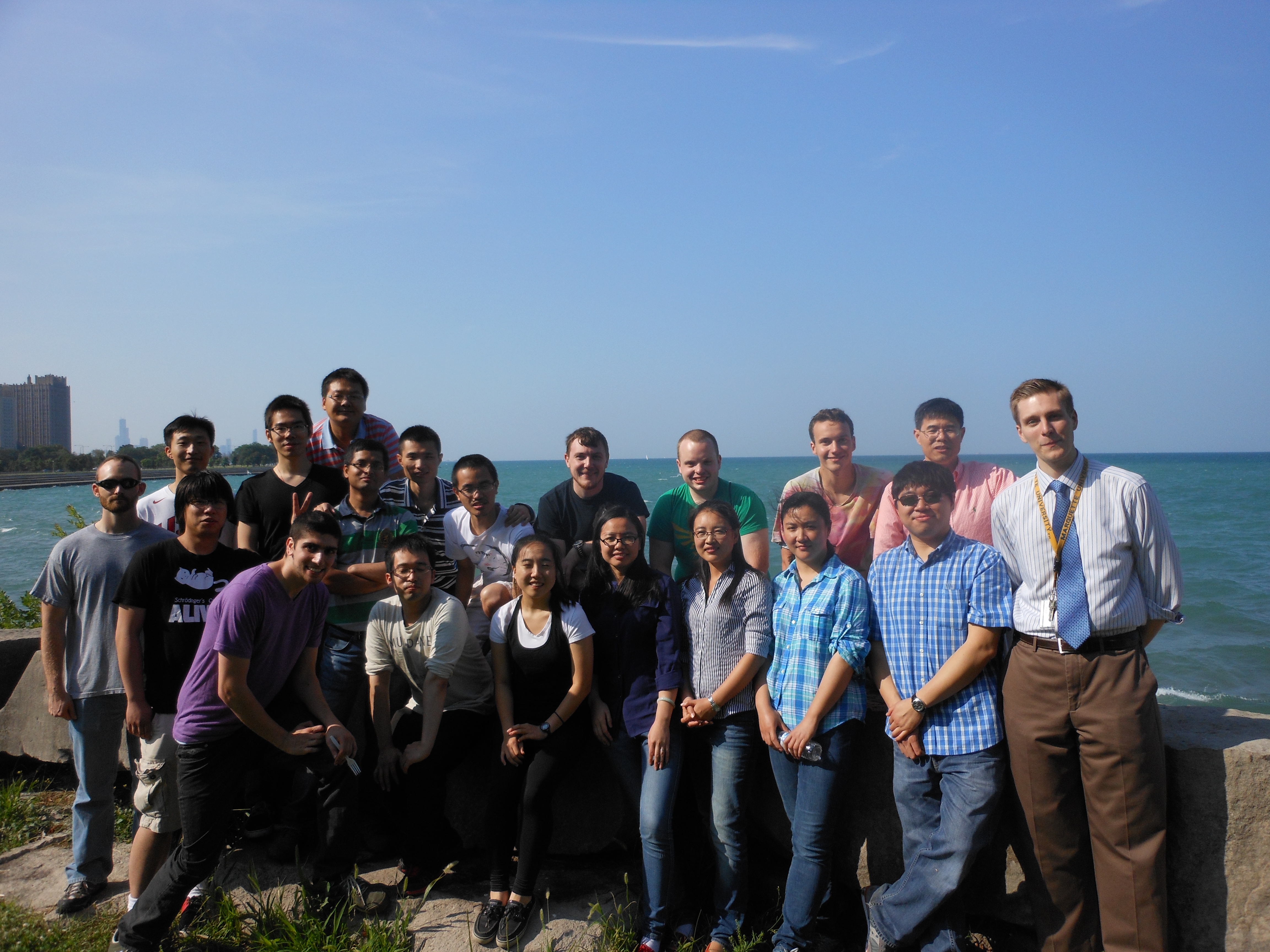
Carter Abney was featured by UChicago News for his work on extracting uranium from seawater, for which he was a first-place winner in the Department of Energy's Innovations in Fuel Cycle Research Awards Competition.
-
Innovation Fund Award
July 22, 2014

The Lin group's work on siRNA grafted nanoscale coordination polymers containing chemotherapeutic drugs has been awarded $100,000 by the Innovation Fund to prepare the NCP for pre-clinical testing in platinum-resistant ovarian cancer. The Innovation Fund, which invests in early development of new ventures created by University of Chicago affiliates, has chosen this technology because it increases progression-free survival benefits and reduces side effects of platinum-based drugs, among other benefits.
-
NCPs for Cancer Therapy
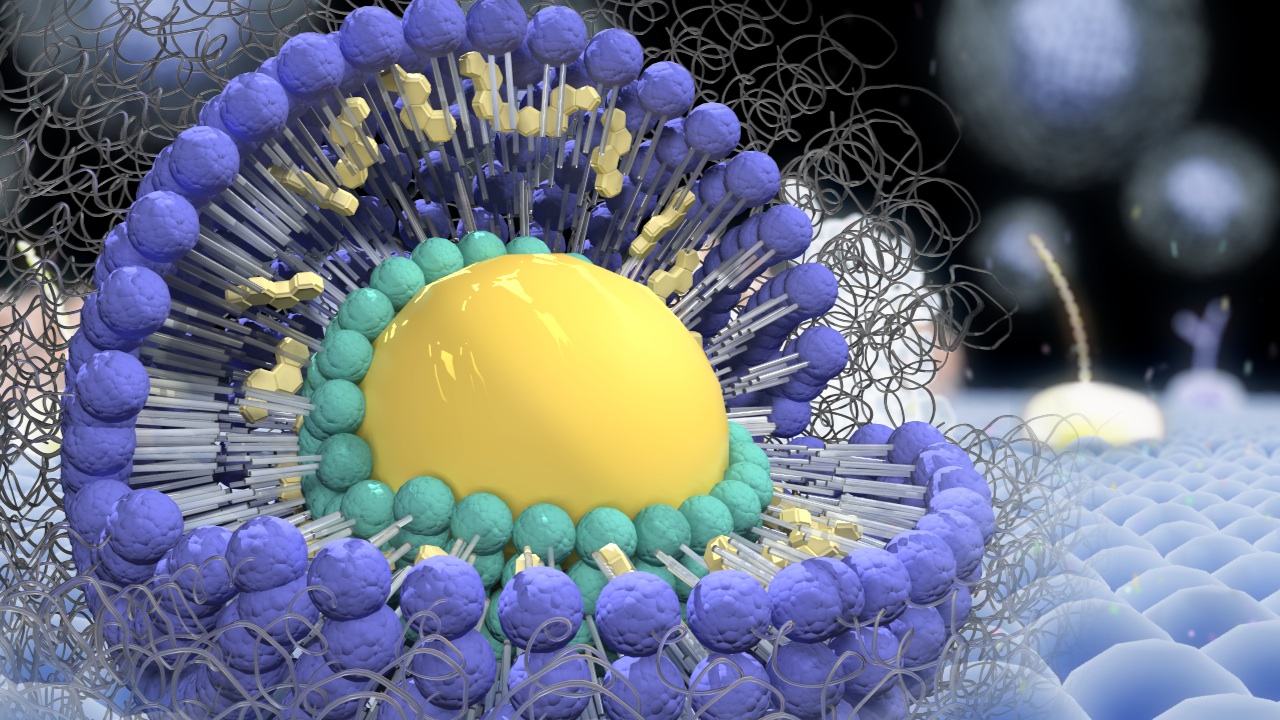
The Lin group recently designed self-assembled nanoscale coordination polymers (NCPs) for highly effective cancer therapy. As reported in Nature Communications (2014, DOI: 10.1038), the NCPs carry 48±3 wt% cisplatin prodrug (1) and 45±5 wt% oxaliplatin prodrug (2) with selective and substantial accumulation of chemotherapeutics in solid tumours via the passive targeting pathways. In vivo pharmacokinetic studies in mice showed minimal uptake of pegylated NCPs by the mononuclear phagocyte system and excellent blood circulation half-lives of 16.4±2.9 h and 12.0±3.9 h for pegylated 1 and 2, respectively. In several tumor xenograft models evaluated, pegylated NCPs showed superior potency and efficacy compared to free drugs. NCPs have thus been demonstrated as a highly effective drug delivery platform for cancer therapy by virtue of tunable compositions, sizes, and shapes; high drug loadings; ease of surface modification; and intrinsic biodegradability.
-
Congratulations, Demin
July 16, 2014
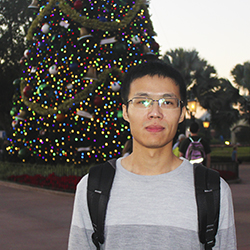
Dr. Demin Liu, a graduate of the Lin Lab, has left the group to start his career at Baxter Healthcare. Congratulations, Demin.
-
Innovations in Fuel Cycle Research
June 2, 2014

Carter Abney is the First Place winner in the Separations and Waste Forms division of the Open Competition for the Innovations in Fuel Cycle Research awards competition. His research is in developing sorbent materials for extraction of uranium from seawater and decontamination of nuclear wastes. As an awardee, he will be presenting his paper "Metal-Organic Framework Materials as Nanostructured Sorbents for the Nuclear Fuel Cycle" at the American Nuclear Society Winter meeting in addition to receiving a monetary prize.
-
Congratulations, Michael

Dr. Michael Carboni has left the group to start his appointment as a permanent research scientist at Commissariat à l'énergie atomique et aux énergies alternatives (CEA, the French Alternative Energies and Atomic Energy Commission). Congratulations, Michael.
-
MOFs for Highly Efficient Catalytic Organic Transformations
April 23, 2014
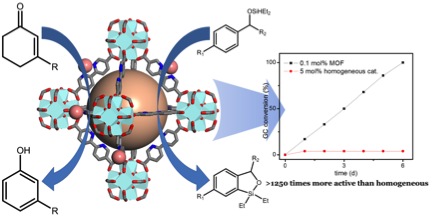
The Lin group recently designed and developed highly stable and recyclable single-site solid catalysts via post-synthetic metalation of the 2,2'-bipyridyl-derived metal-organic framework (MOF) of the UiO structure (bpy-UiO) with iridium or palladium precursors. As reported in the Journal of the American Chemical Society (2014, 136 (18), pp 6566–6569), the Ir-functionalized MOF (bpy-UiO-Ir) is a highly active catalyst for both borylation of aromatic C-H bonds using B2(pin)2 (pin = pinacolate) and ortho-silylation of benzylic¬silyl ethers; the ortho-silylation activity of the bpy-UiO-Ir is at least three orders of magnitude higher than that of the homogeneous control. The Pd-functionalized MOF (bpy-UiO-Pd) catalyzes the dehydrogenation of substituted cyclohexenones to afford phenol derivatives with oxygen as the oxidant. Most impressively, the bpy-UiO-Ir was recycled and reused 20 times for the borylation reaction without loss of catalytic activity or MOF crystallinity. This work highlights the opportunity in designing highly stable and active catalysts based on MOFs containing nitrogen donor ligands for important organic transformations.
-
MOF for Highly Efficient X-ray Scintillation
April 14, 2014
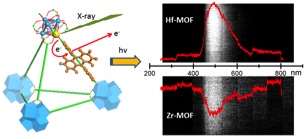
As published in the Journal of the American Chemical Society (2014, 136 (17), pp 6171–6174), the Lin Group reported two metal-organic frameworks (MOFs) capable of efficiently converting X-ray radiation to visible-light luminescence. The MOFs are constructed from M6(µ3-O)4(µ3-OH)4(carboxylate)12 (M = Hf or Zr) secondary building units (SBUs) and anthracene-based dicarboxylate bridging ligands. The high atomic number Zr and Hf in the SBUs serve as effective X-ray antenna by absorbing X-ray photons and converting them to fast electrons through the photoelectric effect. The generated electrons then excite multiple anthracene-based emitters in the MOF through inelastic scattering, leading to efficient generation of detectable photons in the visible spectrum. The MOF materials thus serve as efficient X-ray scintillators via synergistic X-ray absorption by the metal-cluster SBUs and optical emission by the bridging ligands. This work was performed in collaboration with the research group of Lei Xing at the Stanford University School of Medicine.
-
Privileged Phosphine-Based Metal-Organic Frameworks for Broad-Scope Asymmetric Catalysis
March 31, 2014

As published in the Journal of the American Chemical Society (2014, 136 (14), pp 5213–5216) and highlighted in Science, the Lin group developed a robust and porous Zr metal-organic framework (MOF) based on a BINAP-derived dicarboxylate linker, BINAP-MOF. Post-synthetic metalation with Ru and Rh complexes afforded highly enantioselective catalysts for important organic transformations. Notably, the Rh-functionalized MOF is not only highly enantioselective (up to >99% e.e.) but also 3 times as active as the homogeneous control. Extended x-ray absorption fine structure spectroscopy (EXAFS), performed in collaboration with the Lockard group of Rutgers University, revealed that the Ru-functionalized MOF contains Ru-BINAP precatalysts with the same coordination environment as the homogeneous Ru complex. The post-synthetically metalated BINAP-MOFs provide a versatile family of single-site solid catalysts for catalyzing a broad scope of asymmetric organic transformations, including the addition of aryl and alkyl groups to α,β-unsaturated ketones as well as the hydrogenation of substituted alkenes and carbonyl compounds.
-
Biomimetic Copper Water Oxidation Catalyst with Low Overpotential
December 10, 2013
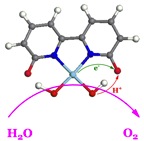
In the Journal of the American Chemical Society (2014, 136 (1), pp 273–281), researchers in the Lin group reported a highly active water oxidation catalyst (WOC) from simply mixing a Cu(II) salt and 6,6'-dihydroxy-2,2'-bipyridine in a basic aqueous solution. Cyclic voltammetry of the solution at pH = 12-14 shows irreversible catalytic current with an onset potential of ~0.8 V vs. NHE. Catalytic oxygen evolution takes place in controlled potential electrolysis at a relatively low overpotential of 640 mV. Through collaboration with computational chemists at UNC-Chapel Hill Research Computing, DFT calculations were performed to further investigate the catalytic system. Experimental and computational studies suggest that the ligand participates in electron transfer processes to facilitate the oxidation of the Cu center to lead to an active WOC with low overpotential, akin to the use of the tyrosine radical by Photosystem II to oxidize the CaMn4 center for water oxidation.
-
Soaking Up Uranium
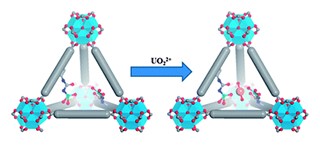
Published in Chemical Science, and also highlighted in C&EN, the Lin Group prepared three metal–organic frameworks (MOFs) of the UiO-68 network topology and investigated for sorption of uranium from water and artificial seawater. The stable and porous phosphorylurea-derived MOFs were shown to be highly efficient in sorbing uranyl ions, with saturation sorption capacities as high as 217 mg U g-1; which is equivalent to binding one uranyl ion for every two sorbent groups. Coordination modes between uranyl groups and simplified phosphorylurea motifs were investigated by DFT calculations, revealing a thermodynamically favorable monodentate binding of two phosphorylurea ligands to one uranyl ion. Convergent orientation of phosphorylurea groups at appropriate distances inside the MOF cavities is believed to facilitate their cooperative binding with uranyl ions. This work represents the first application of MOFs as novel sorbents to extract actinide elements from aqueous media.
-
2013 Young Investigator Award

Cheng "Wave" Wang, a graduate student in the Lin Group, has been selected for a 2013 Young Investigator Awards given by the ACS Division of Inorganic Chemistry. As an awardee, Wave will be giving an award presentation at the 2013 Fall ACS National meeting in Indianapolis, where he will receive $1000 and a plaque at the special oral presentation session. Wave's research focuses on developing novel metal organic frameworks for solar energy related applications and heterogeneous asymmetric catalysis.
-
Exceptional Methane Uptake Capacity
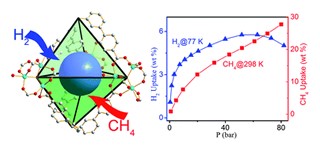
Researchers in the Lin Group have constructed a 6,8-connected 3-dimensional metal–organic framework, MOF, of the tph topology from a new aromatic-rich, tetraphenylmethane-derived octa-carboxylate bridging ligand and trizinc cluster secondary building units, SBUs, which exhibited exceptionally high hydrogen and methane uptake capacities. This MOF has the highest hydrogen uptake among all of the MOFs that have been examined to date. As described in the journal Chemical Science, the gravimetric and volumetric methane uptake capacities for this new framework are the highest among thousands of MOFs that have been evaluated. The Lin Group attribute the exceptionally high gas uptake capacities to the highly branched, aromatic-rich nature of the bridging ligand, optimal pore size, and the open metal sites in the trizinc SBUs in a stable high-connectivity MOF.
-
NMOFs as Contrast Agents in CT Imaging
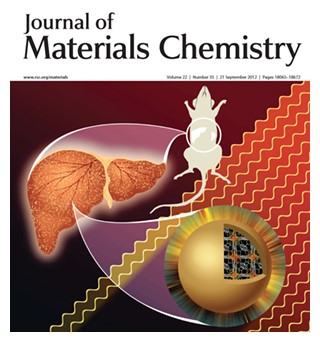
Nanoscale metal–organic frameworks, NMOFs, of the UiO-66 structure containing high Zirconium and Hafnium content, 37% and 57% by weight respectively, were synthesized and characterized in work by the Lin Group, published in and featured on the cover of the Journal of Materials Chemistry. The potential of these NMOFs as contrast agents for X-ray computed tomography, CT, imaging was evaluated. Hf-NMOFs of different sizes were coated with silica and poly(ethylene glycol), PEG, to enhance biocompatibility, and were used for in vivo CT imaging of mice, showing increased attenuation in the liver and spleen.
-
Cavity-Induced Enantioselectivity Reversal
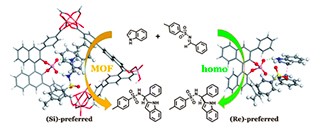
The Lin Group, in collaboration with Dr. Shubin Lin of the UNC Research Computing Center, reports inChemical Science the first enzyme-like catalysis by a metal-organic framework, MOF. They constructed a pair of highly porous chiral MOFs, 1 and 2, from chiral 1,1'-binaphthyl-2,2'-phosphoric acid-derived 3,3',6,6'- and 4,4'',6,6'-tetra(benzoate) ligands, respectively. Both MOFs are active catalysts for Friedel–Crafts reactions between indole and imines. Interestingly, the 1-catalyzed asymmetric reactions yielded the major enantiomers of the opposite chirality to those afforded by the corresponding homogeneous catalyst. Structural analyses and Quantum Mechanics/Molecular Mechanics calculations revealed that the flip of product handedness results from the chiral environment of the MOF cavity, similar to enzymatic catalysis in which the product stereoselectivity is determined by the enzyme pocket.
-
Enantioselective Fluorescence Sensing
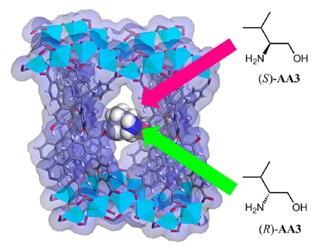
Researchers in the Lin Group, published in JACS, have built a highly porous and fluorescent metal–organic framework, MOF-1, from a chiral tetracarboxylate bridging ligand derived from 1,1′-bi-2-naphthol, BINOL, and a cadmium carboxylate infinite-chain secondary building unit. The fluorescence of MOF-1 can be effectively quenched by amino alcohols via H-bonding with the binaphthol moieties decorating the MOF, leading to a remarkable chiral sensor for amino alcohols with greatly enhanced sensitivity and enantioselectivity over BINOL-based homogeneous systems. The higher detection sensitivity of MOF-1 is due to a preconcentration effect by which the analytes are absorbed and concentrated inside the MOF channels, whereas the higher enantioselectivity of MOF-1 is believed to result from enhanced chiral discrimination owing to the cavity confinement effect and the conformational rigidity of the BINOL groups in the framework. MOF-1 was quenched by four chiral amino alcohols with unprecedentedly high Stern–Volmer constants of 490–31200 M–1and enantioselectivity ratios of 1.17–3.12.
-
Hydrogen Generating MOF
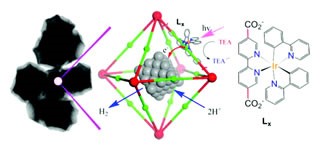
Metal-organic frameworks, MOFs, are an interesting class of porous crystalline materials that can be easily functionalized at the molecular level. The Lin Group is interested in using photoactive MOFs as a new platform to integrate different functional components that are needed for solar energy conversion. The group reports in JACS on the design of synergistic hydrogen evolution photocatalysts based on platinum nanoparticle MOF assemblies. Platinum nanoparticles were selectively loaded to the cavities of phosphorescent MOFs (1 and 2) to enable efficient photocatalytic H2 evolution via photo-injection of electrons from the light-harvesting MOF frameworks into the platinum nanoparticles. The Pt@2 assembly showed a hydrogen evolution efficiency increase by approximately five times, compared to the homogeneous control, and could be readily recycled and reused by centrifugation.
-
Nanocomposites for Hydrogen Production
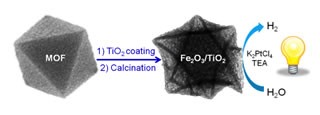
As described in Advanced Materials, the Lin Group has developed a new metal-organic framework (MOF)-templated method for the synthesis of a mixed metal oxide nanocomposite with interesting photophysical properties. Fe-containing nanoscale MOFs are coated with amorphous titania, which are then are calcined to produce crystalline composite octahedral nanoshells with hematite Fe2O3 nanoparticles embedded in anatase TiO2. This material enables photocatalytic hydrogen production from water using visible light, which cannot be achieved by either Fe2O3 or TiO2 alone or a mixture of the two. This versatile MOF-templated nanocomposite synthesis procedure could be readily modified, by varying the type of MOF and the coating material, to prepare new materials with desirable synergistic properties.